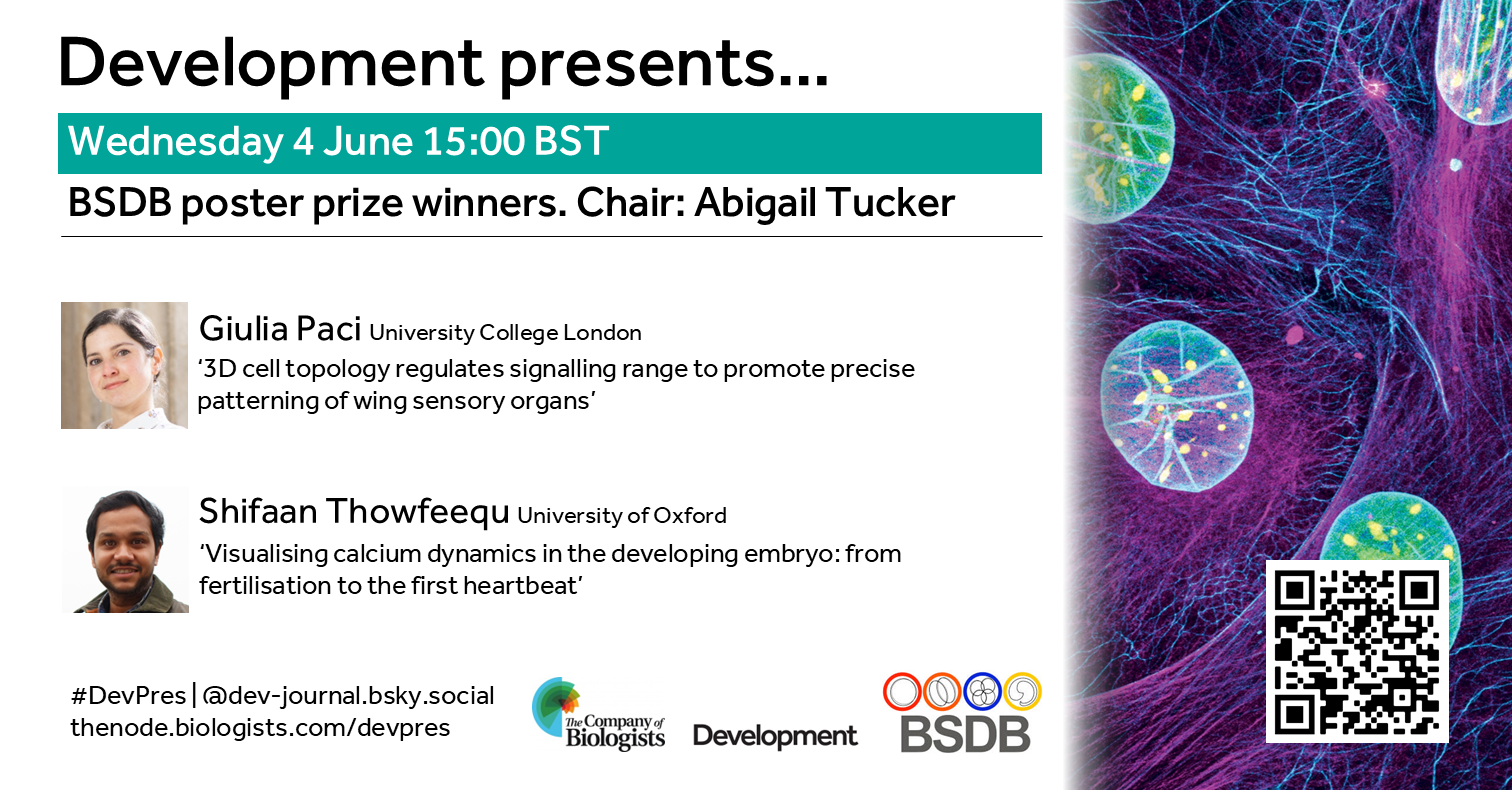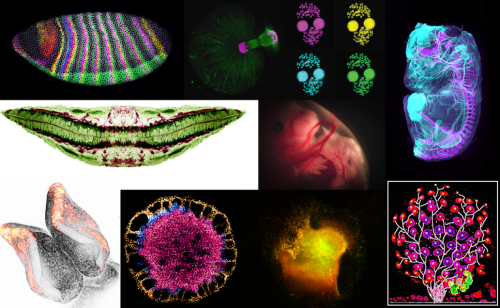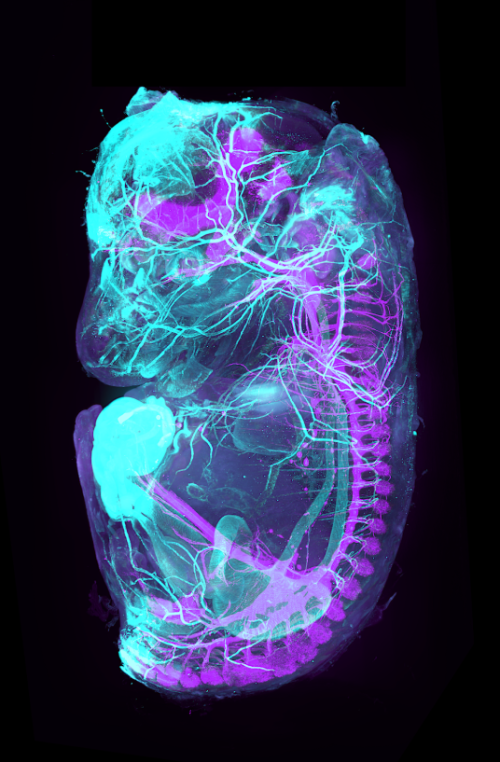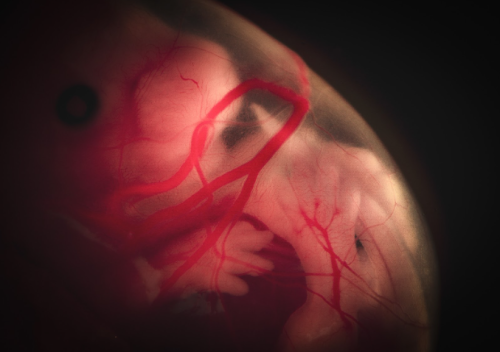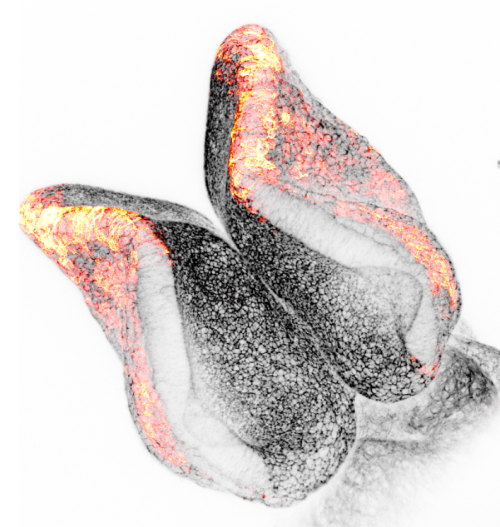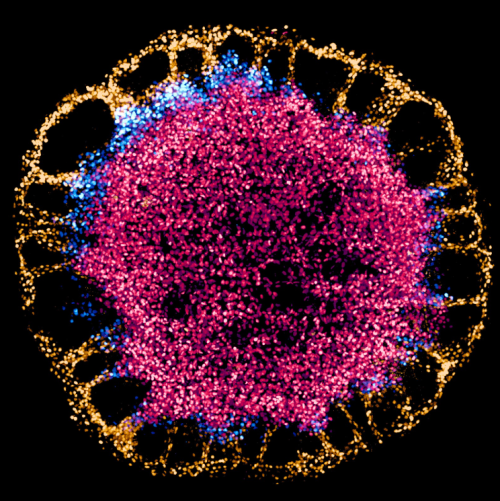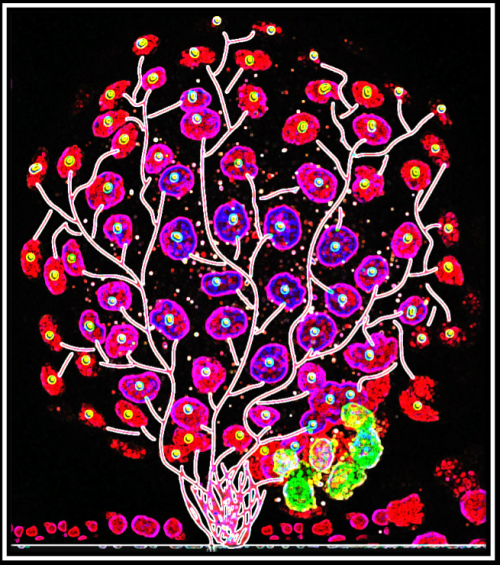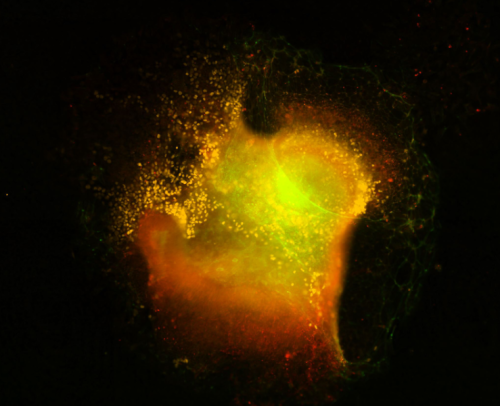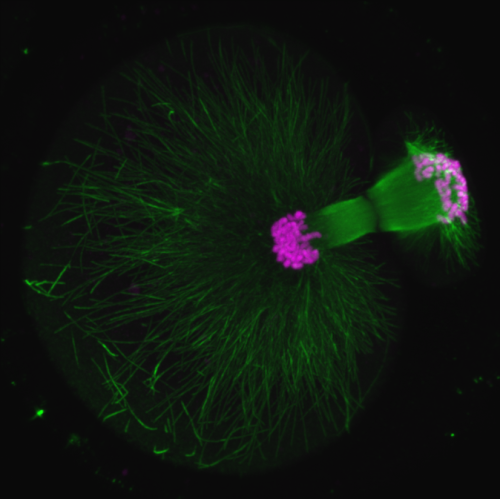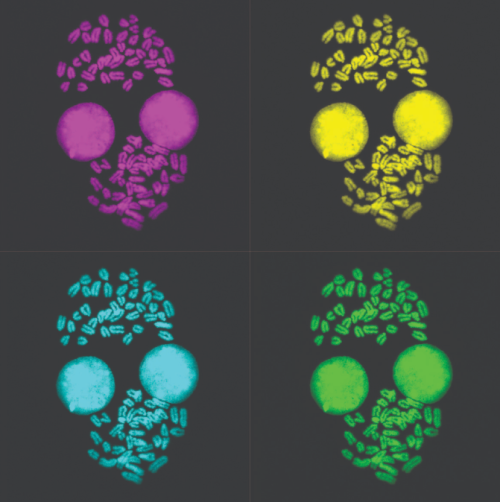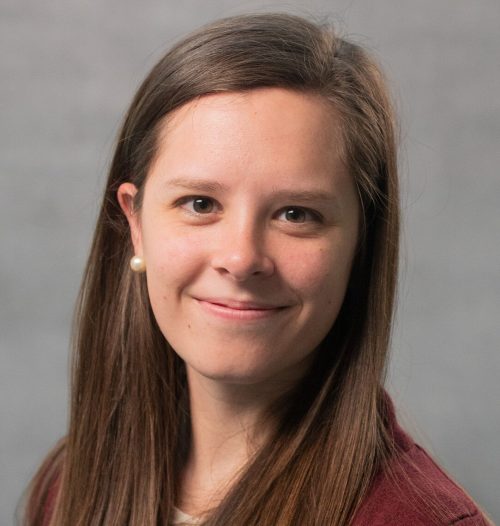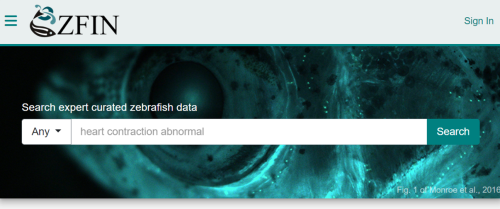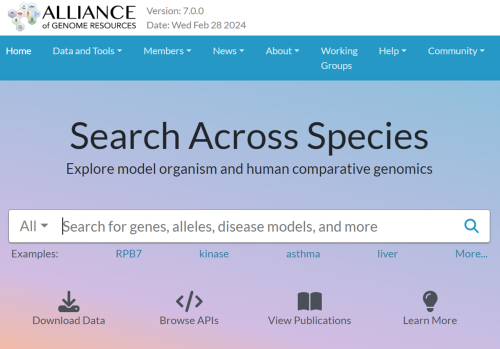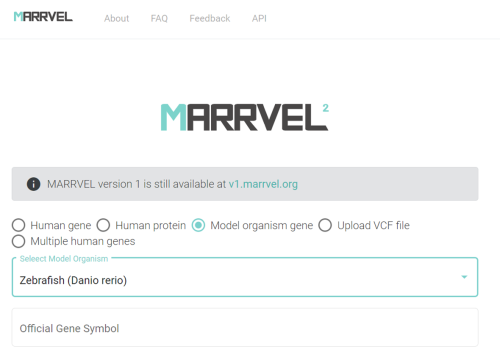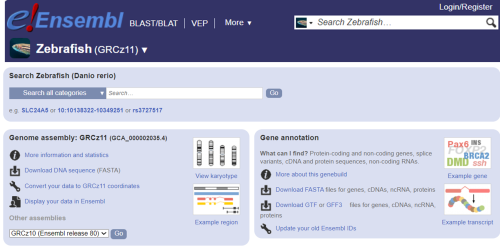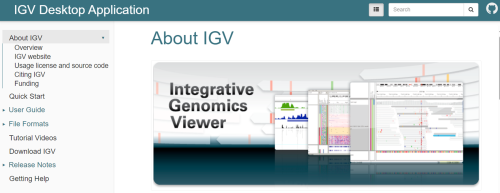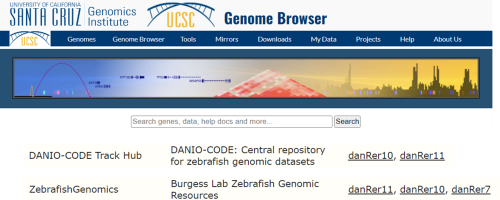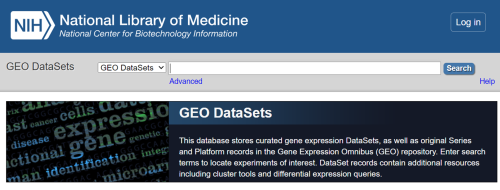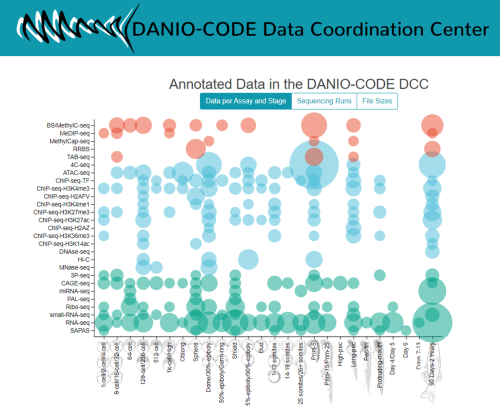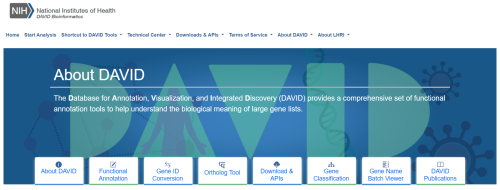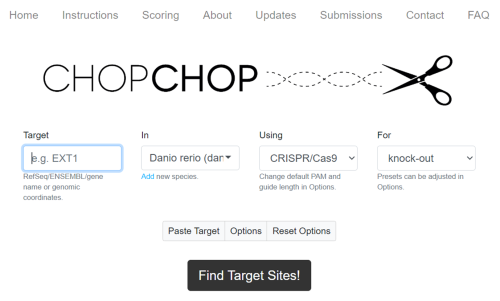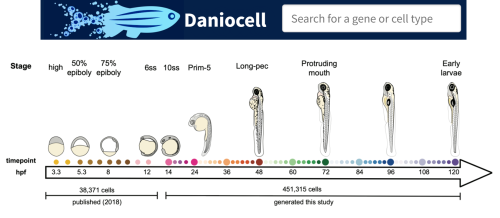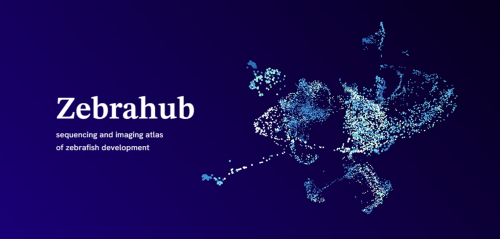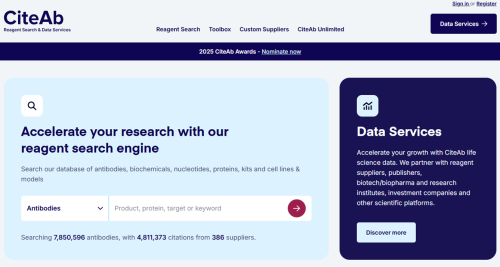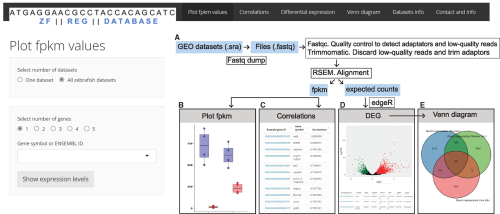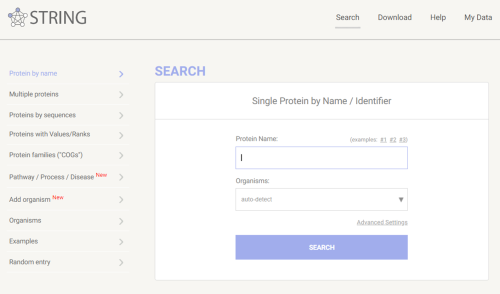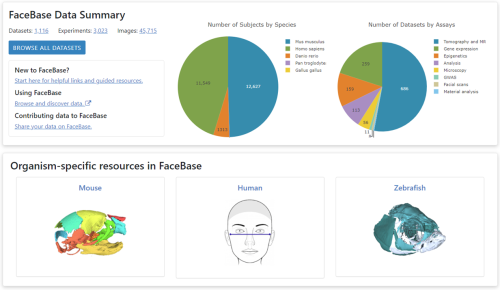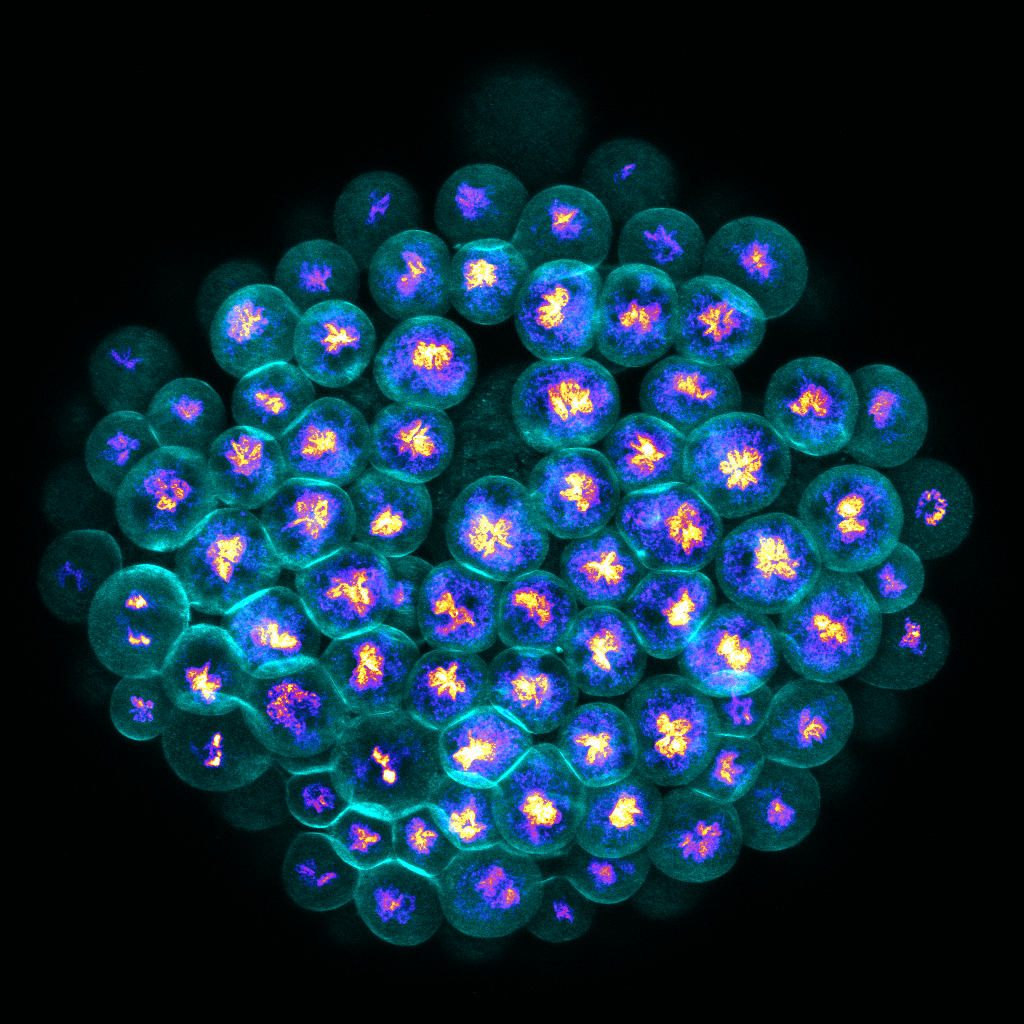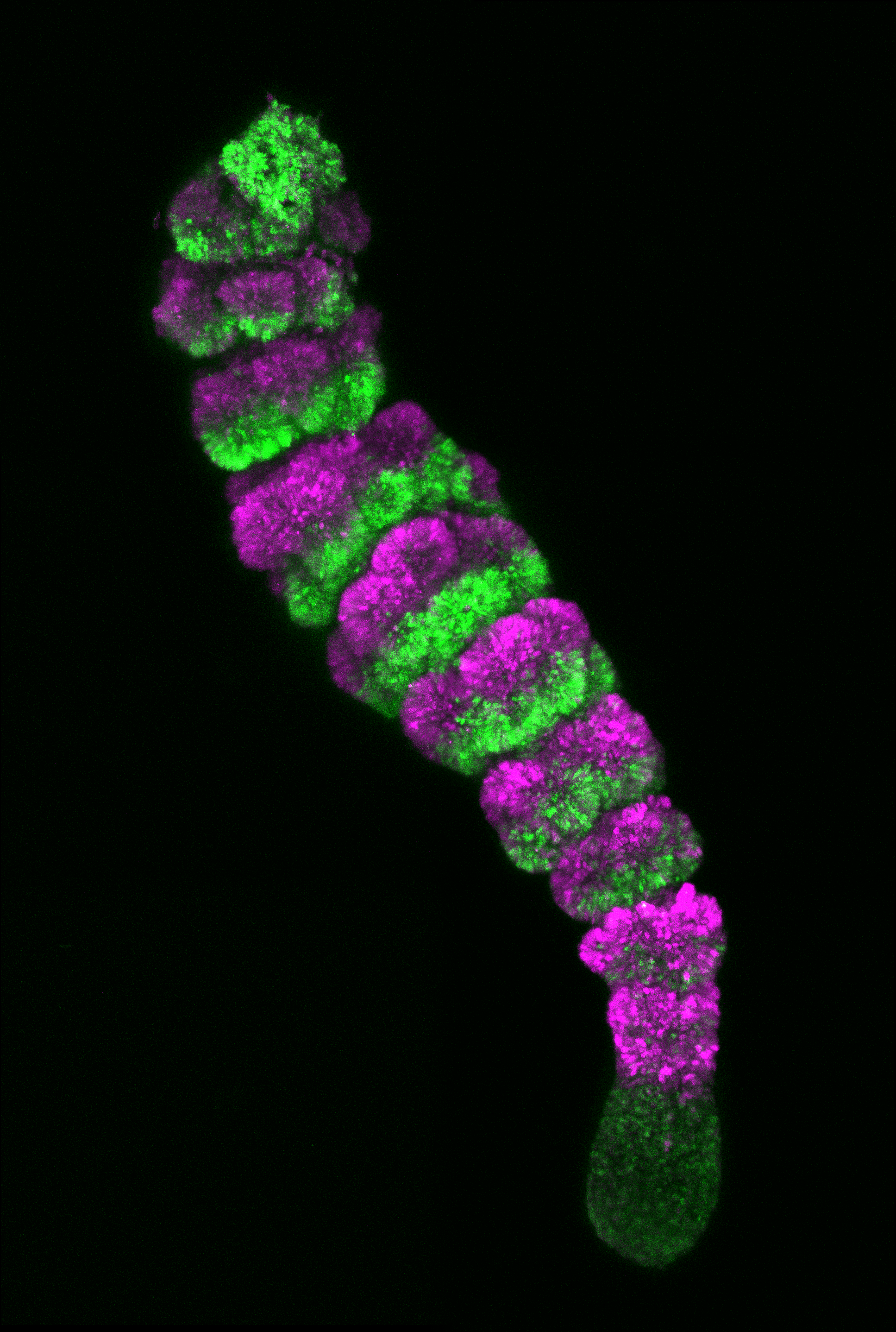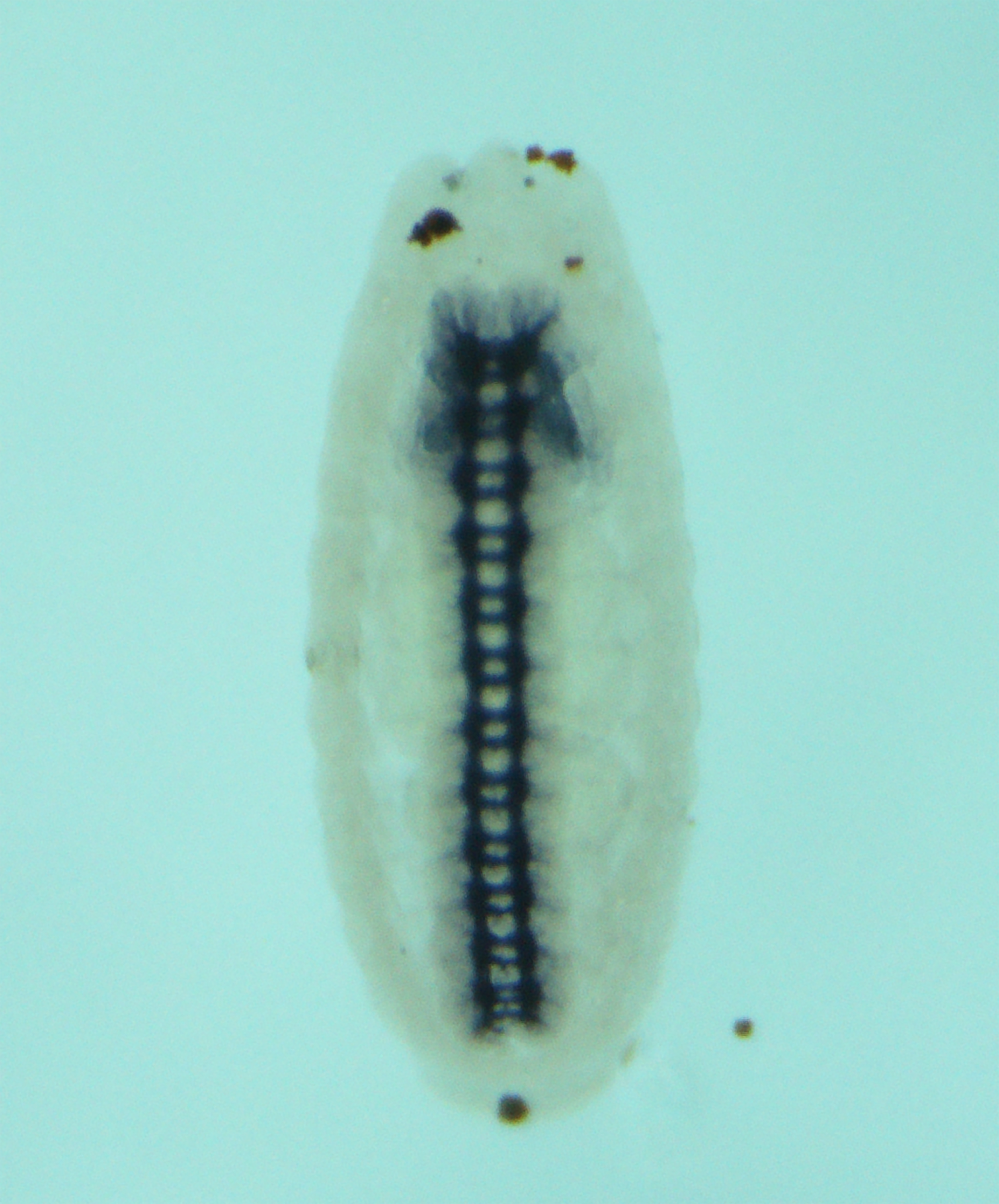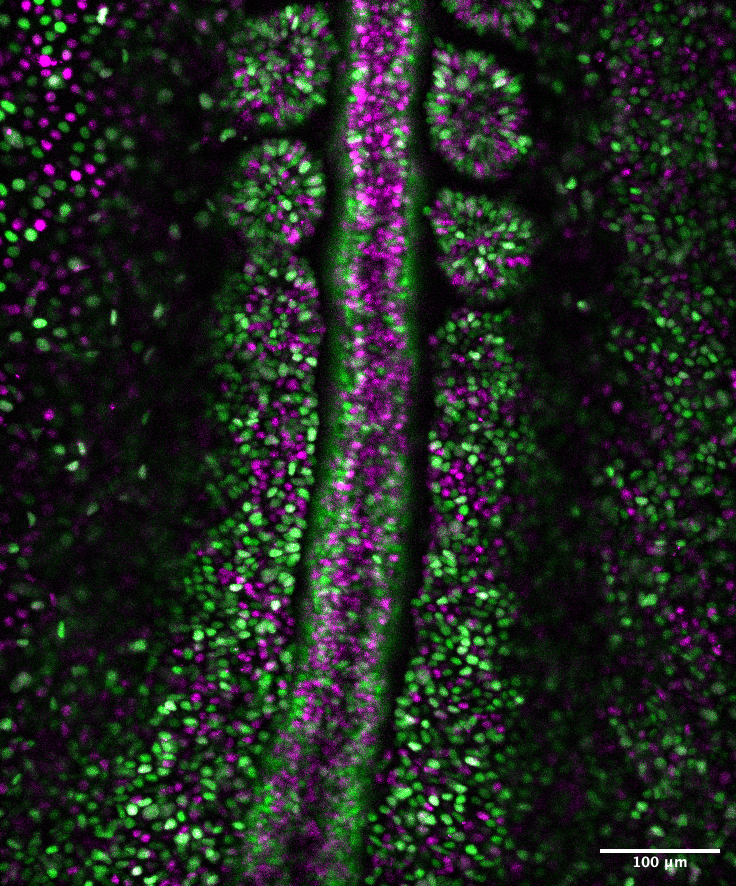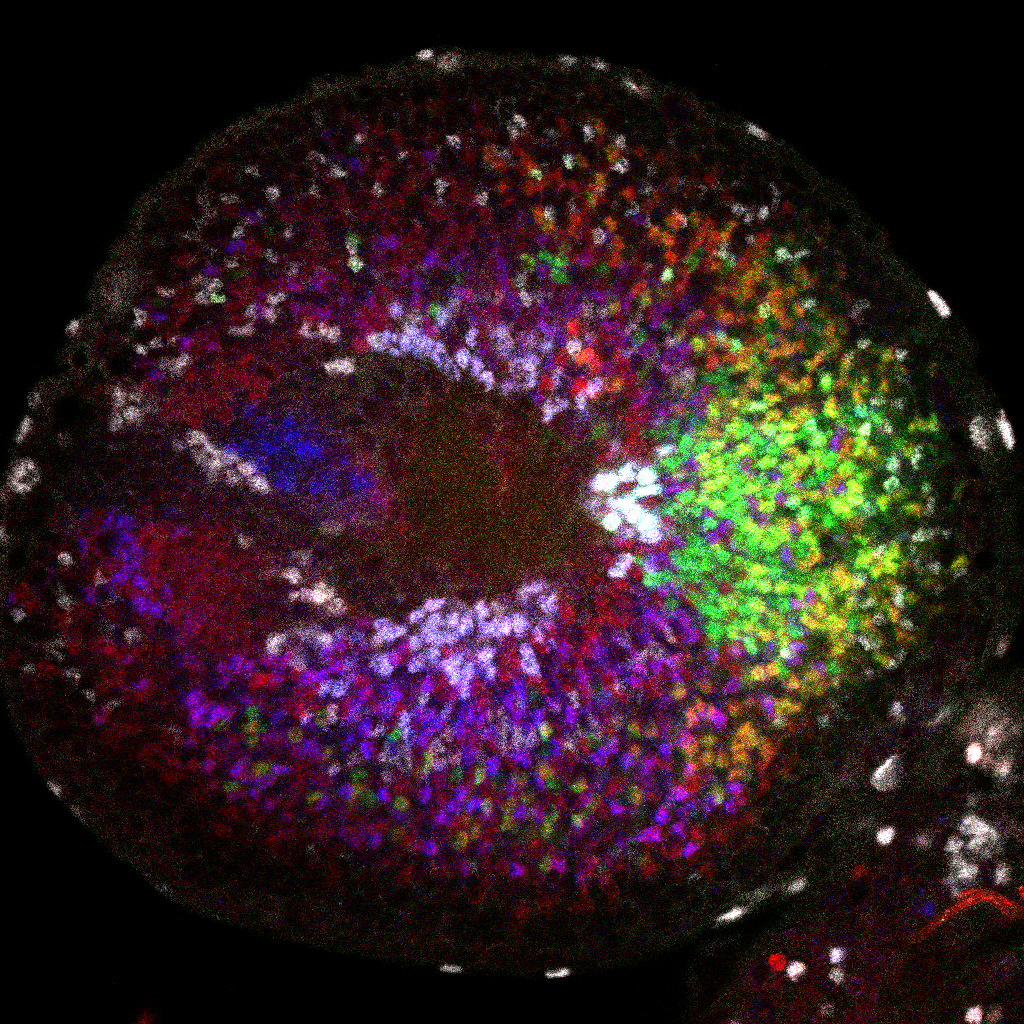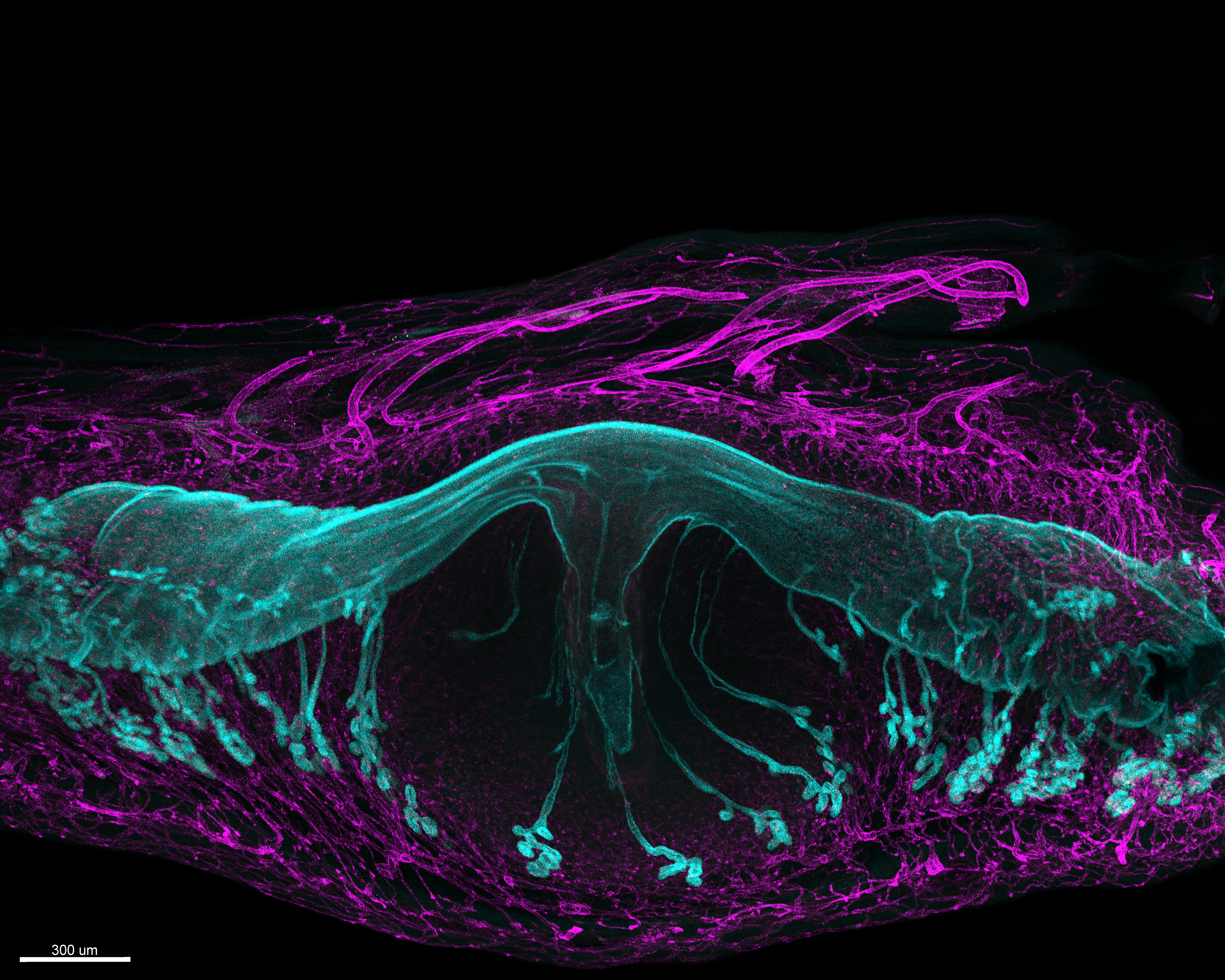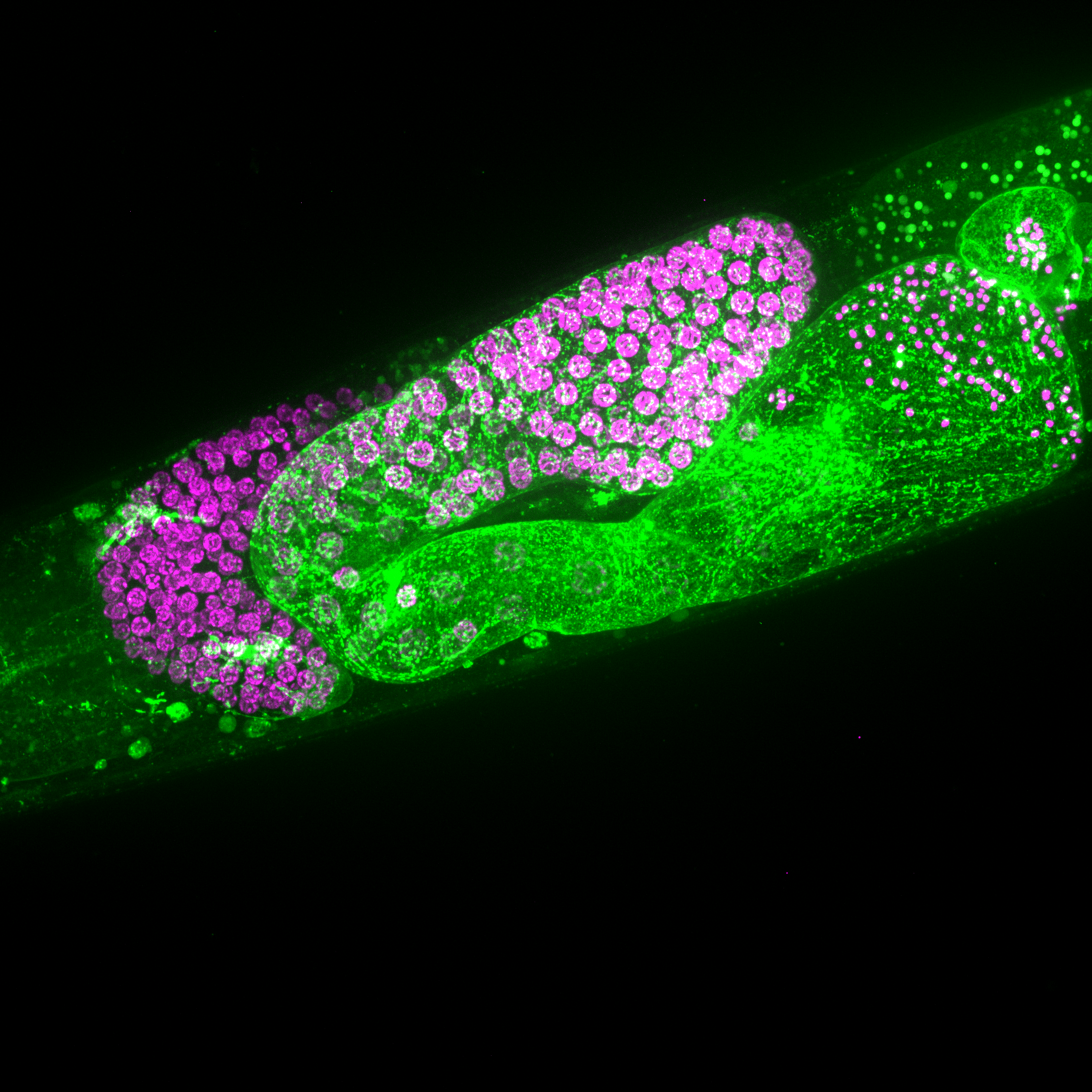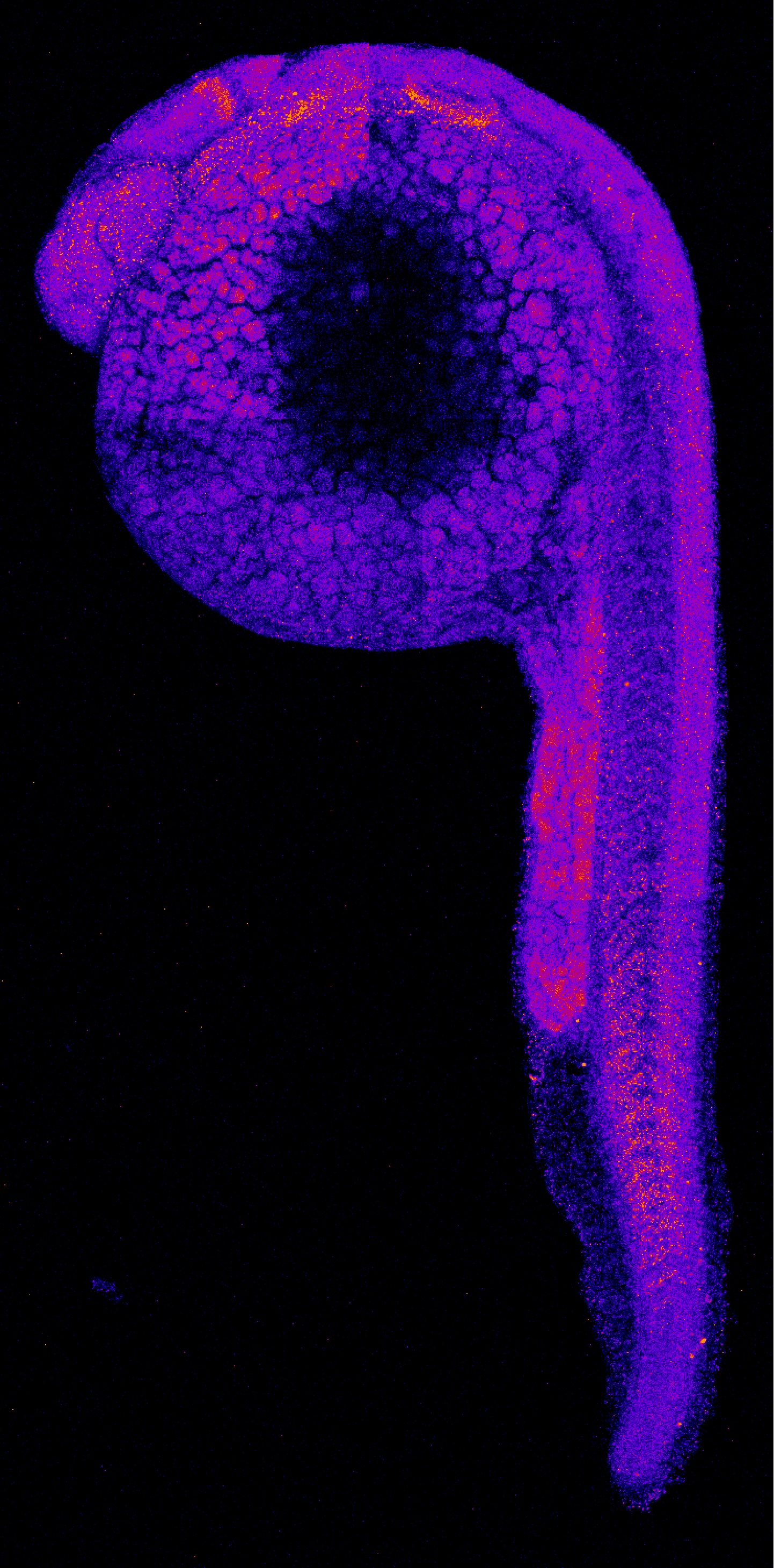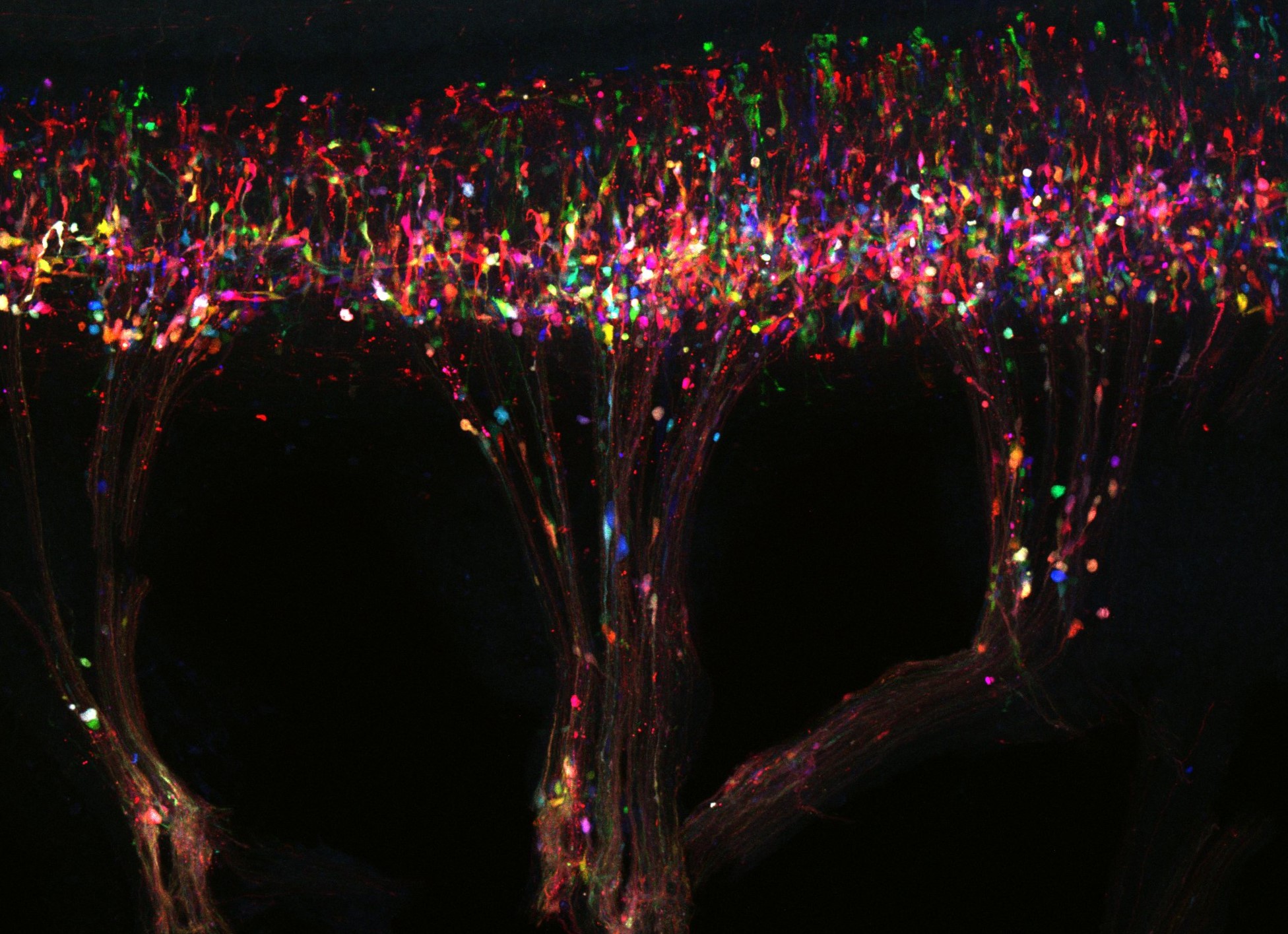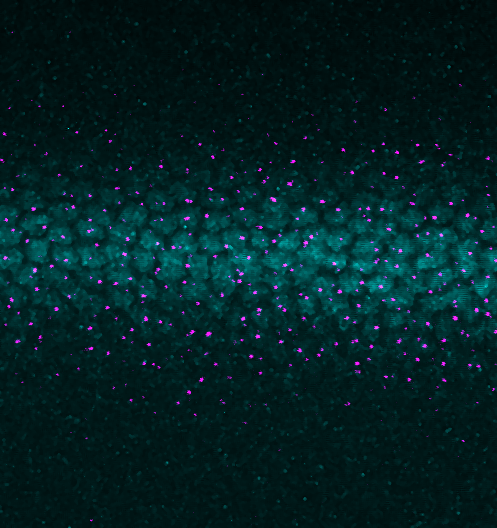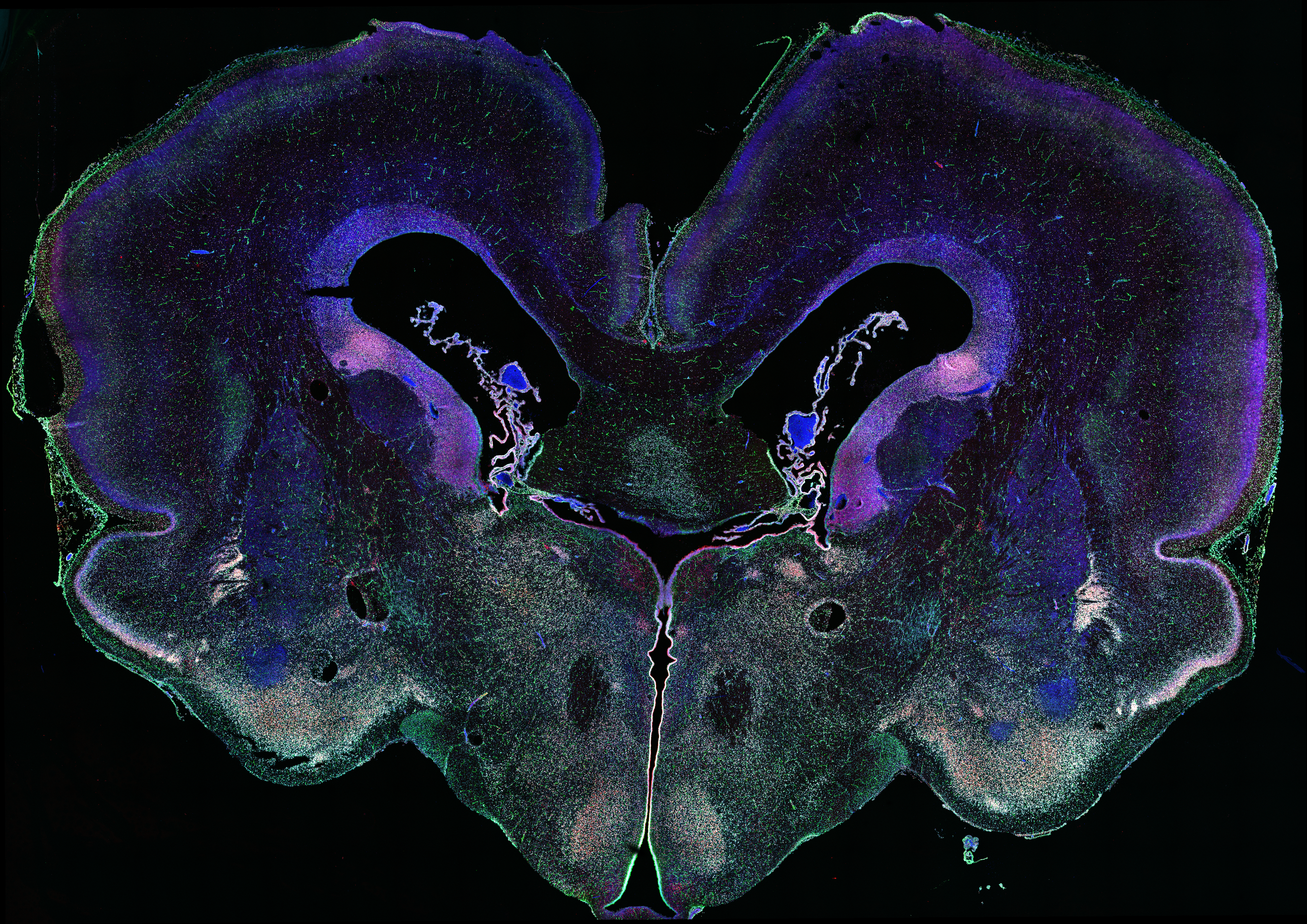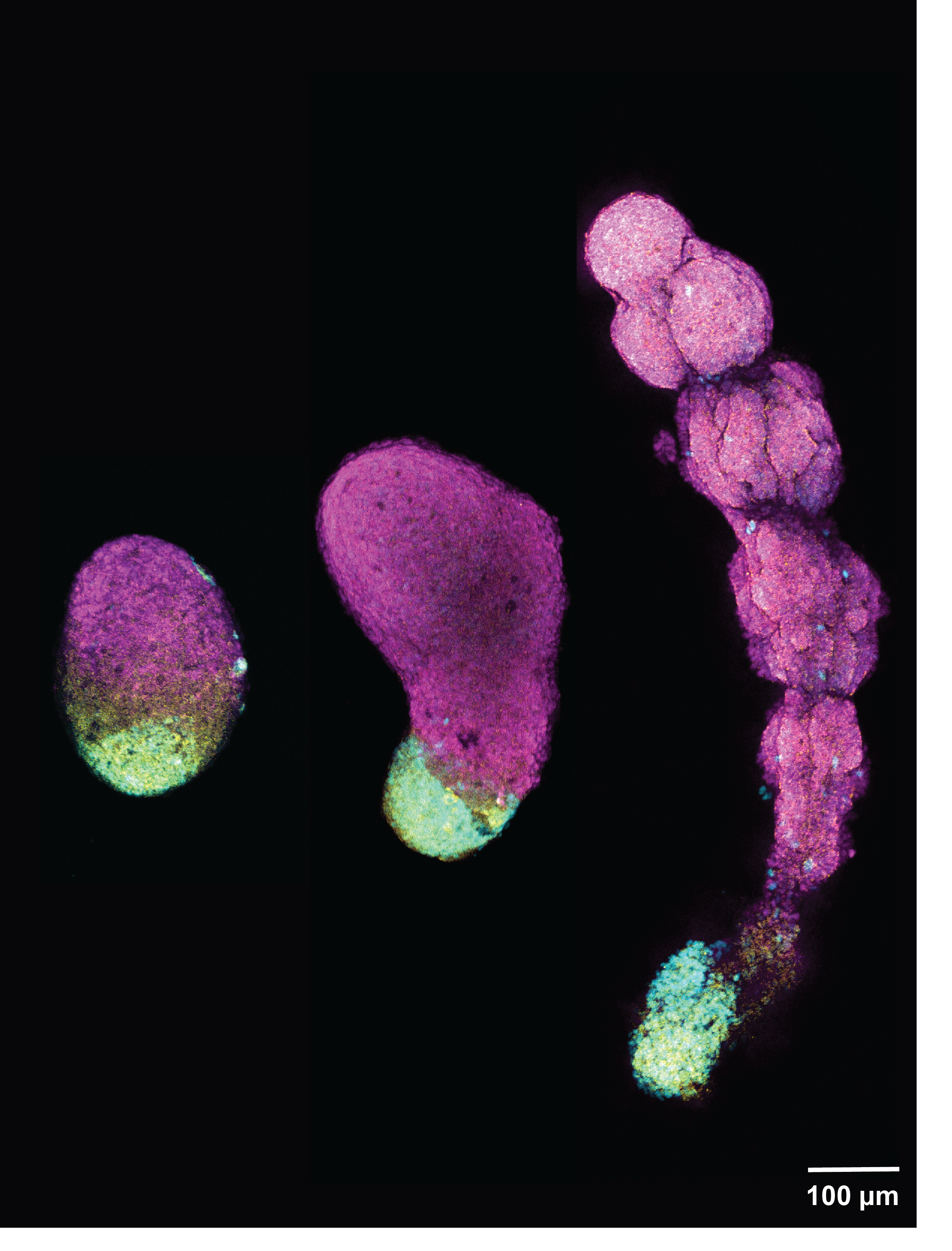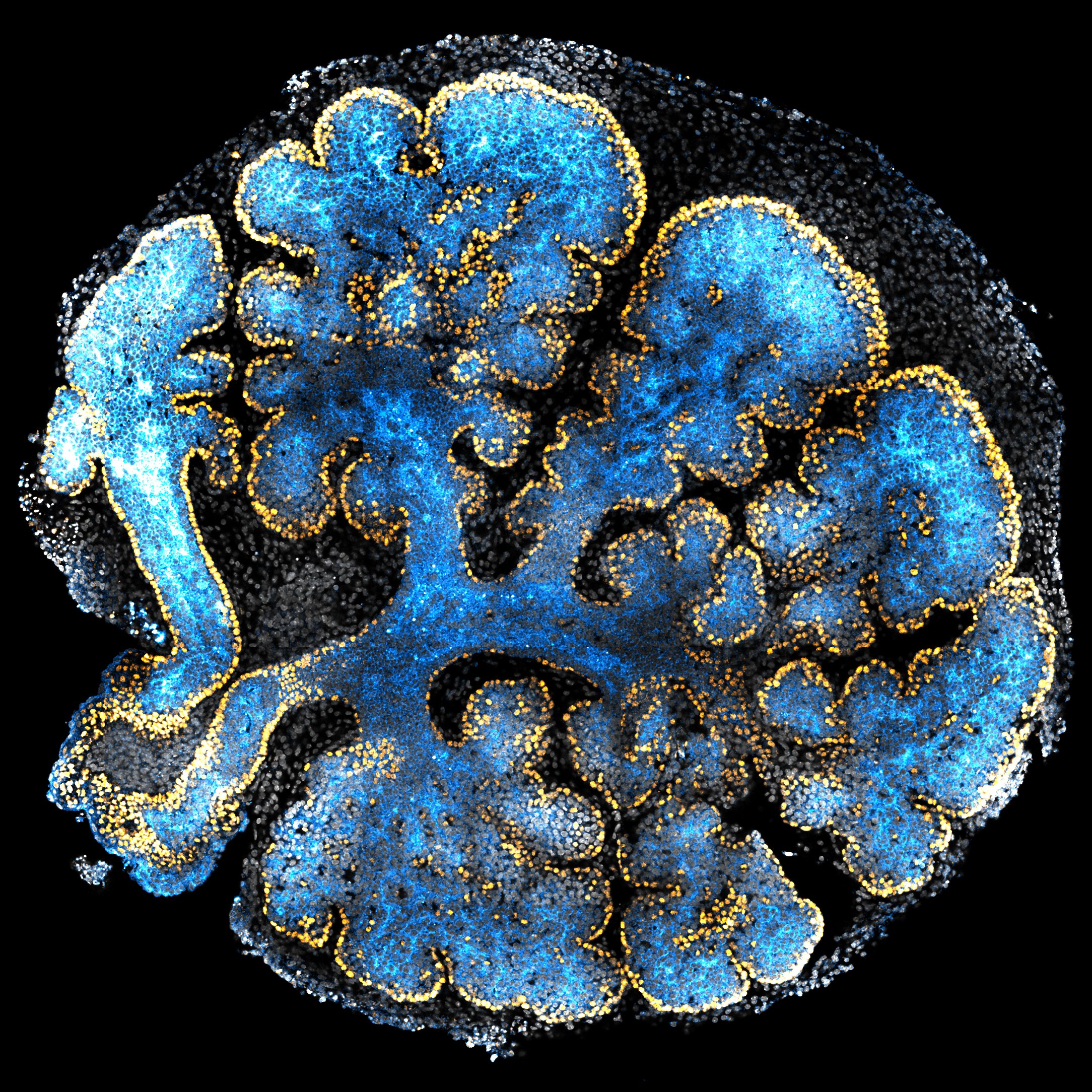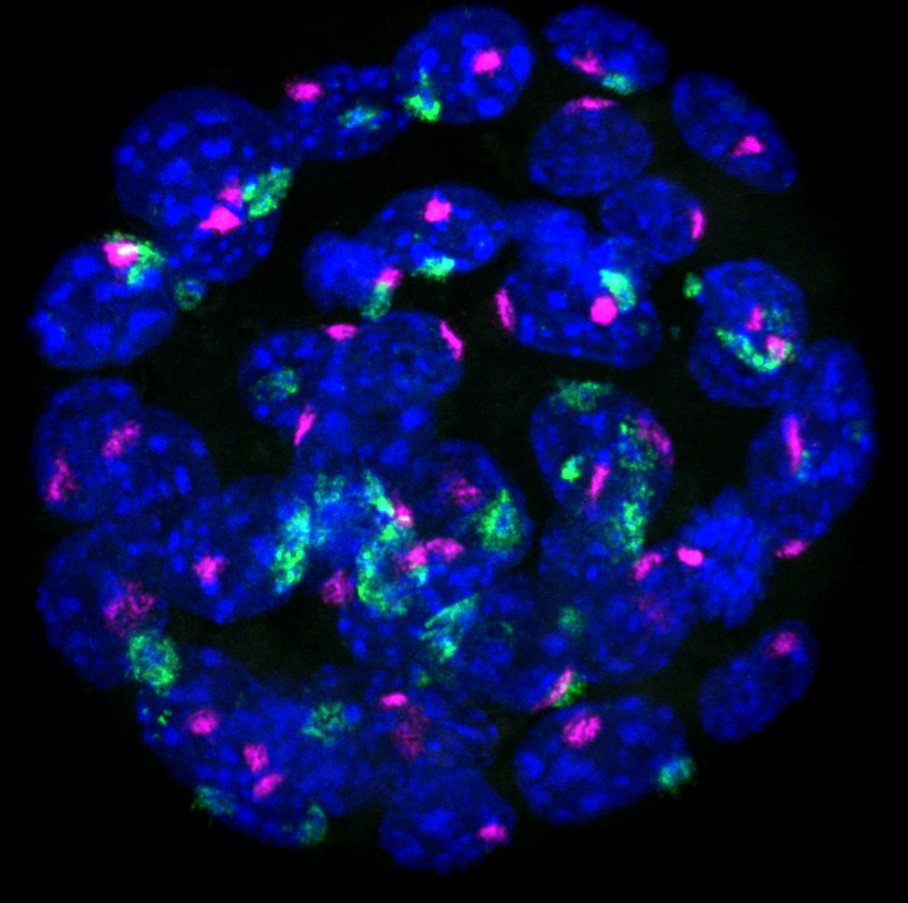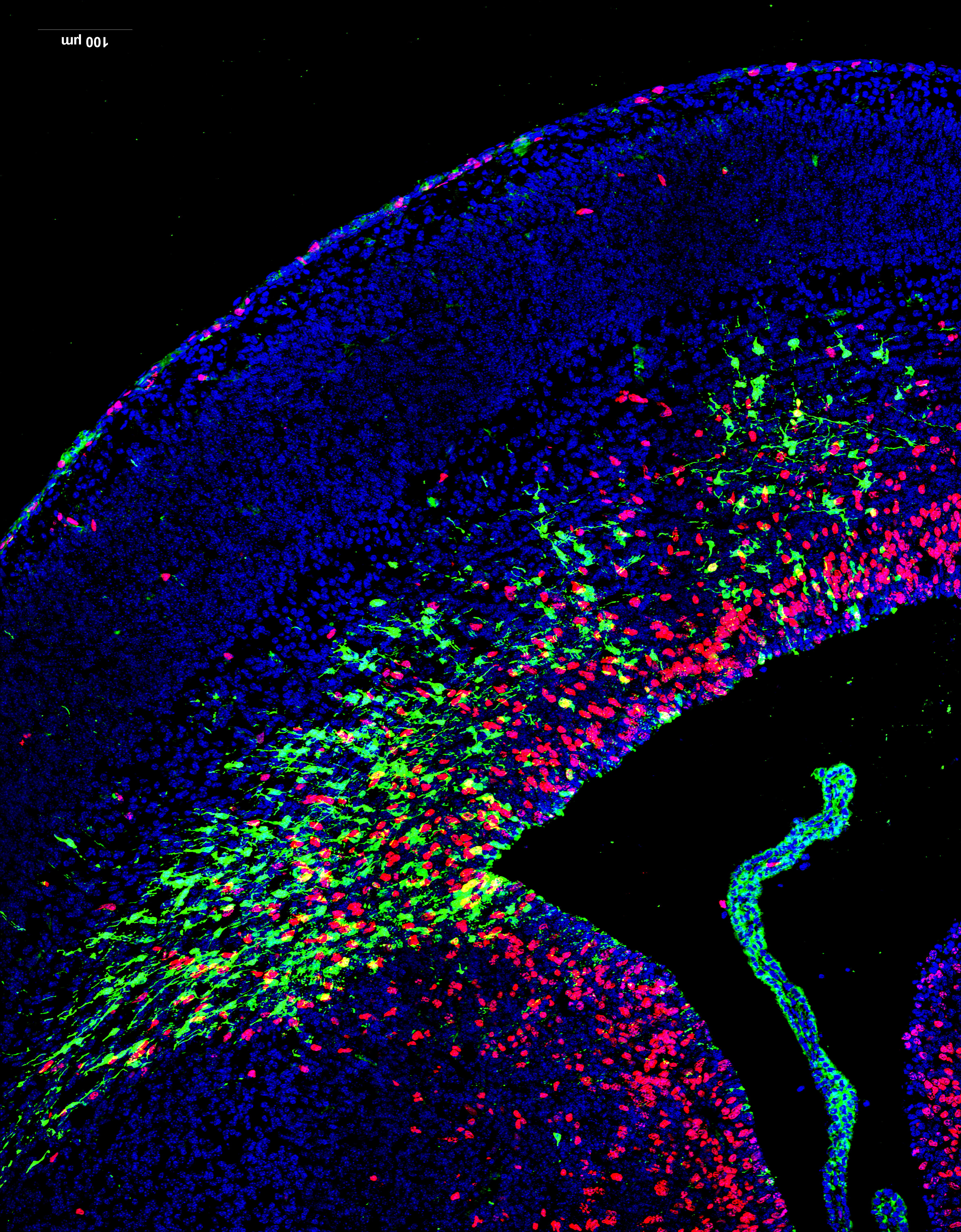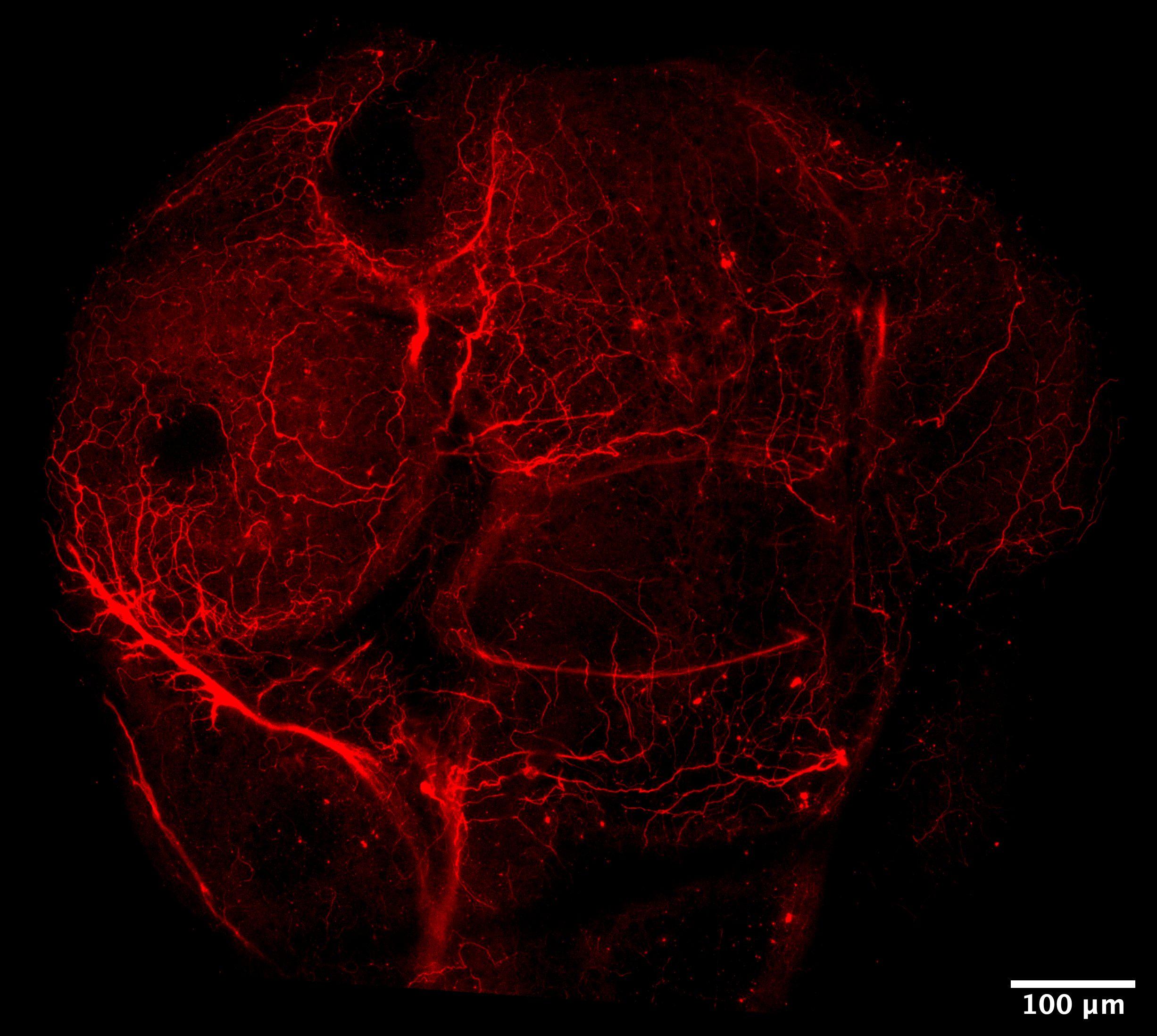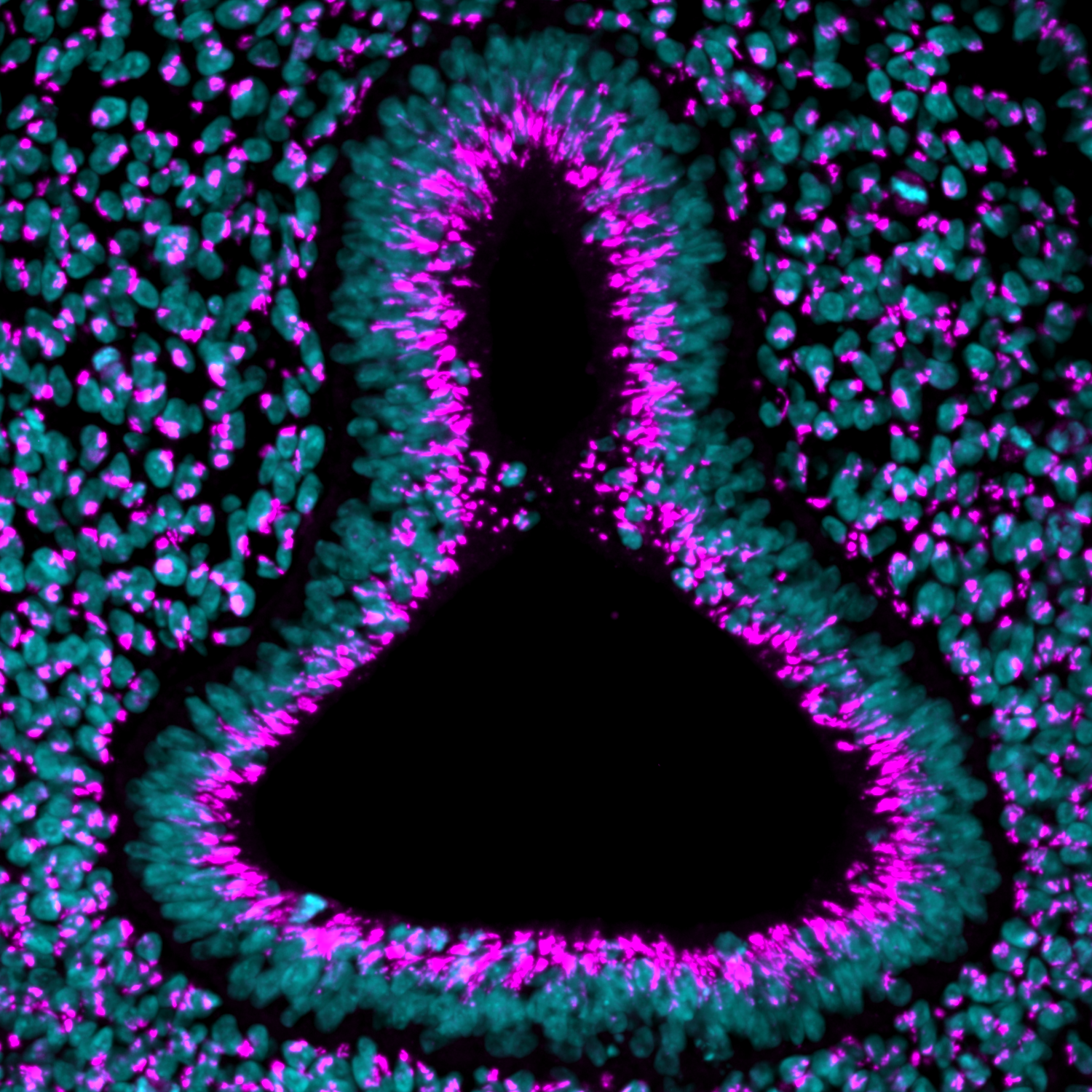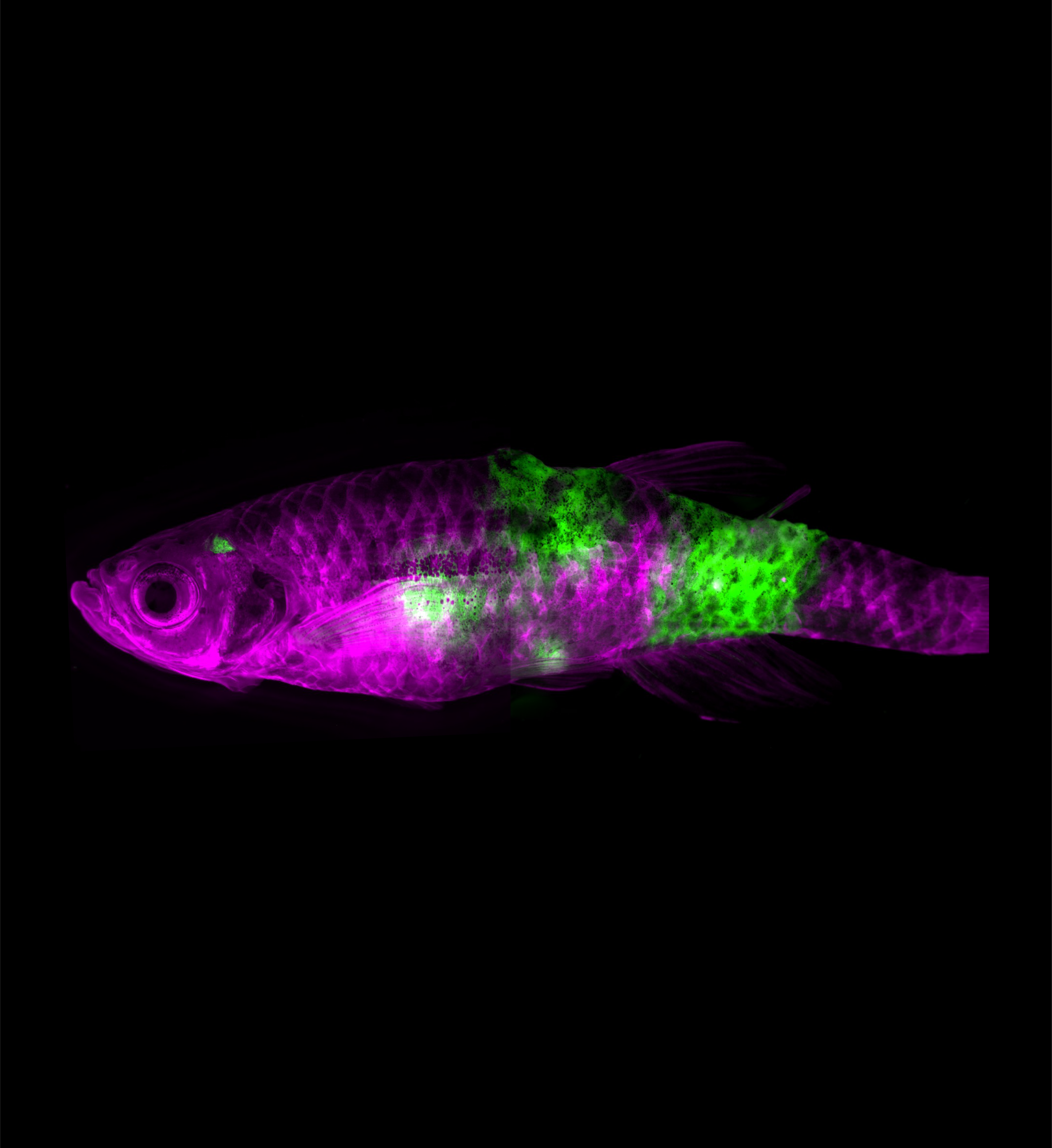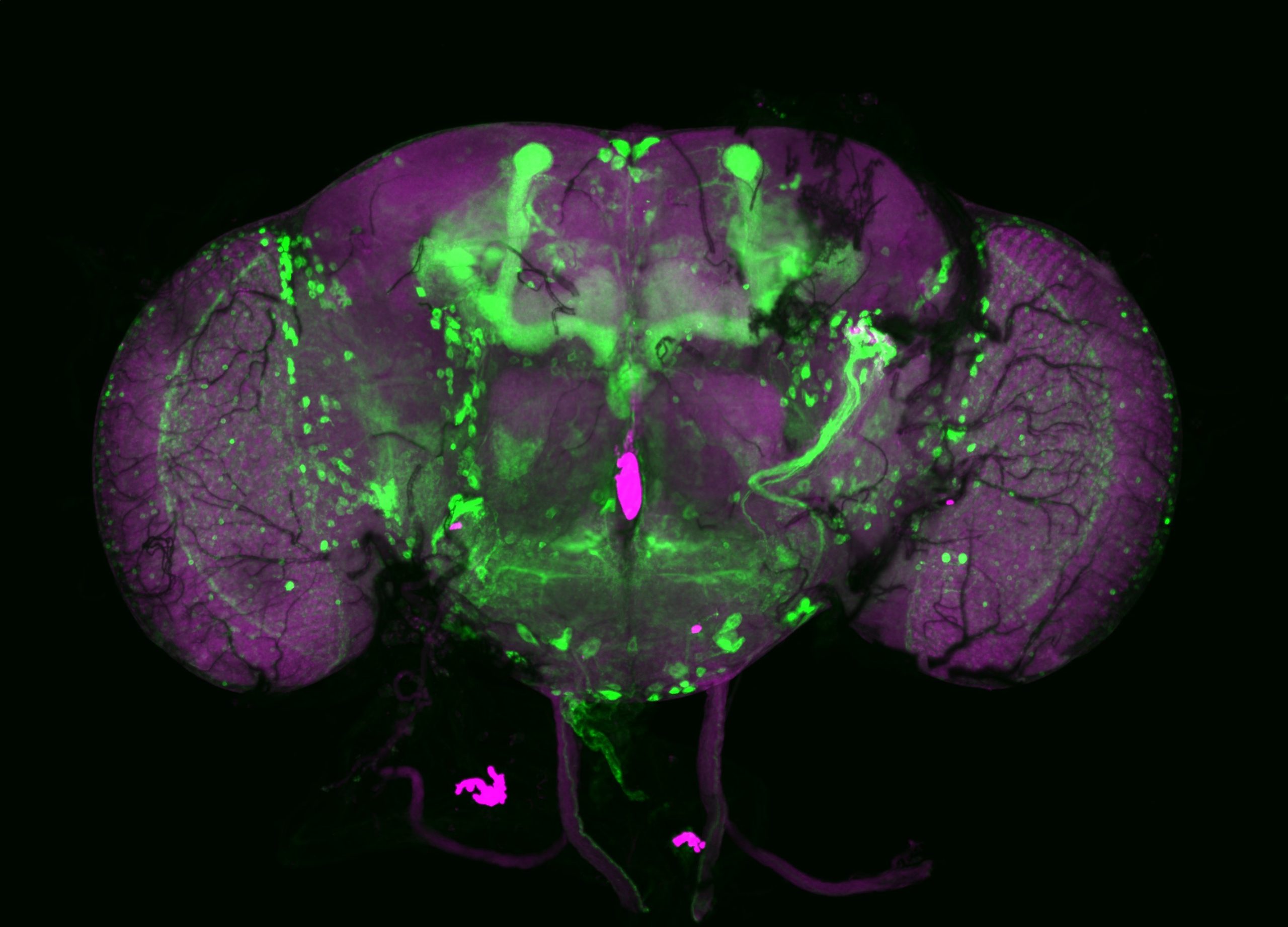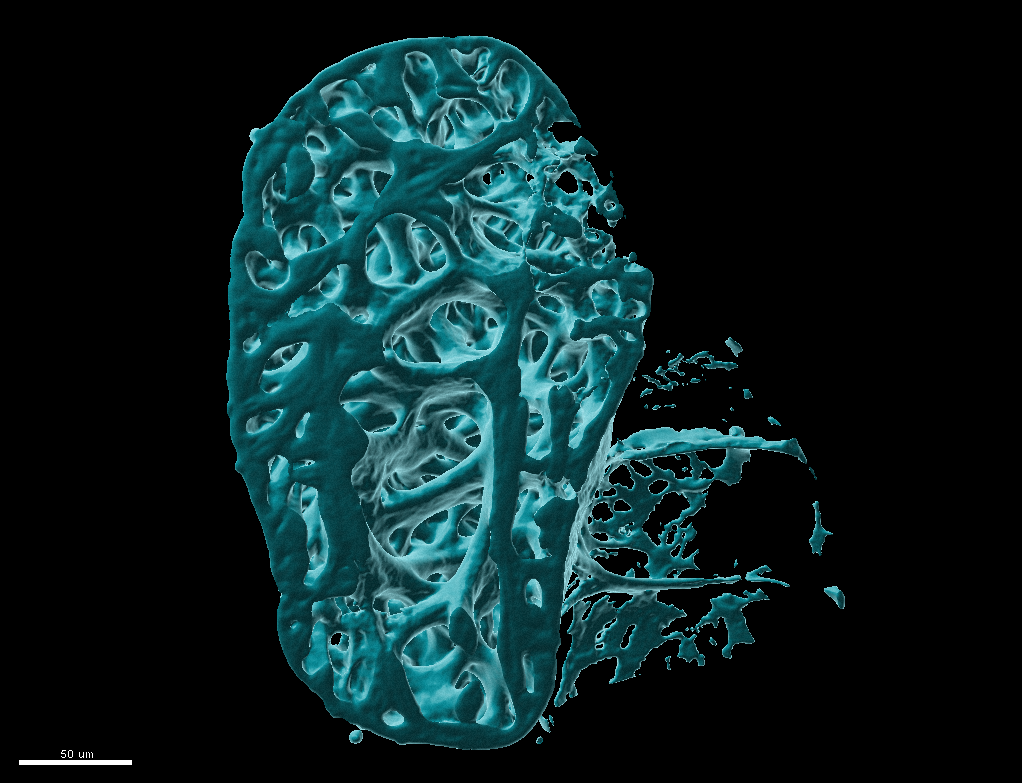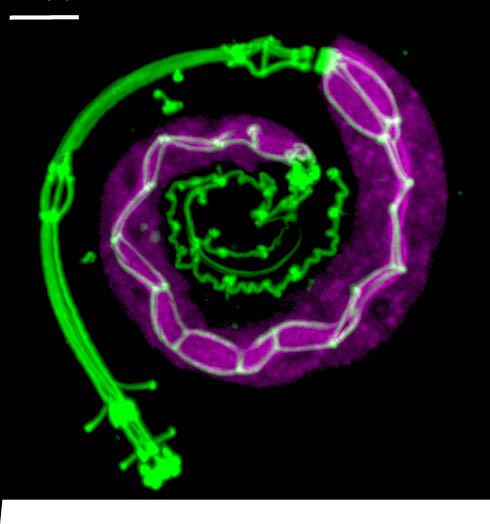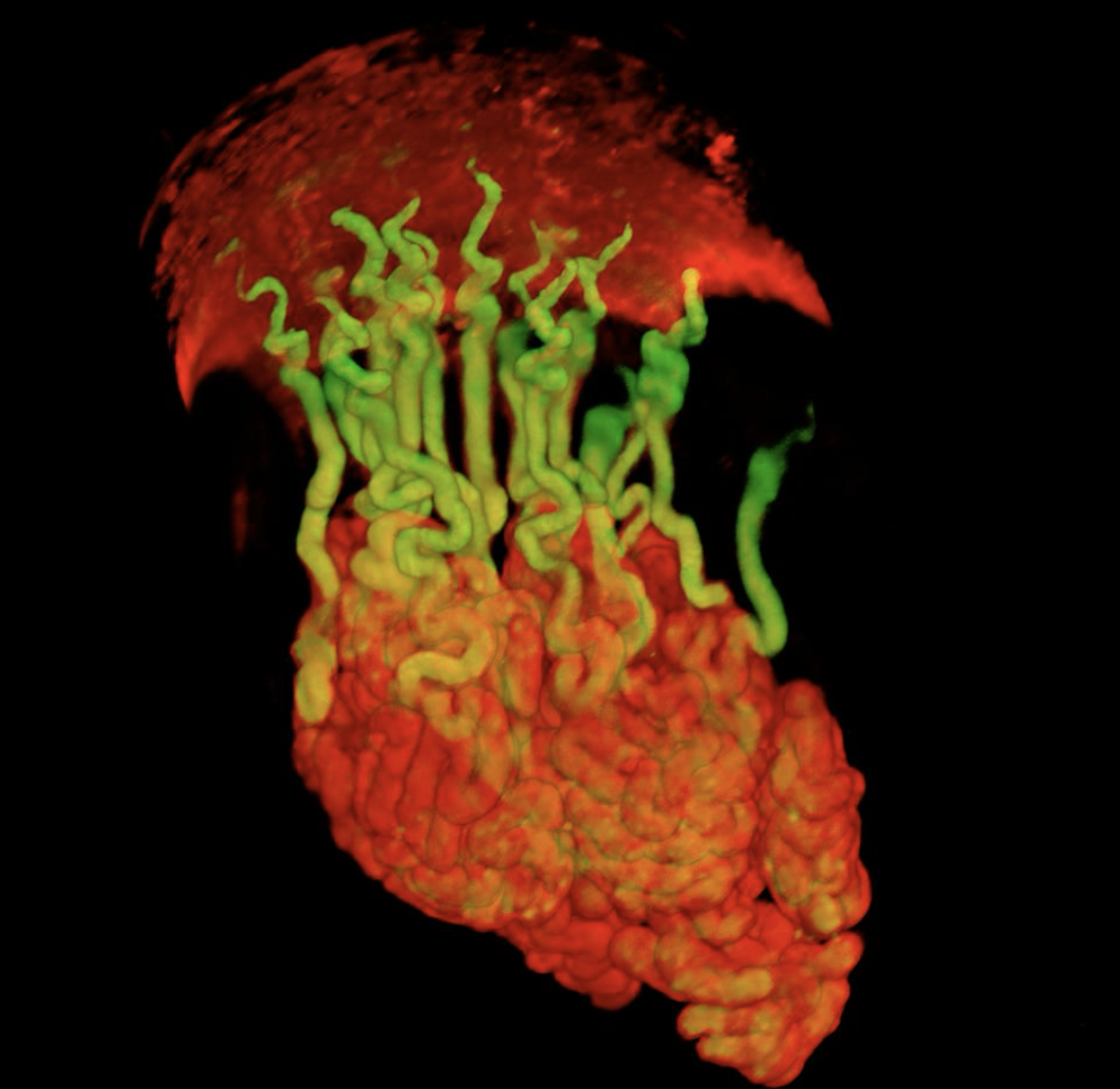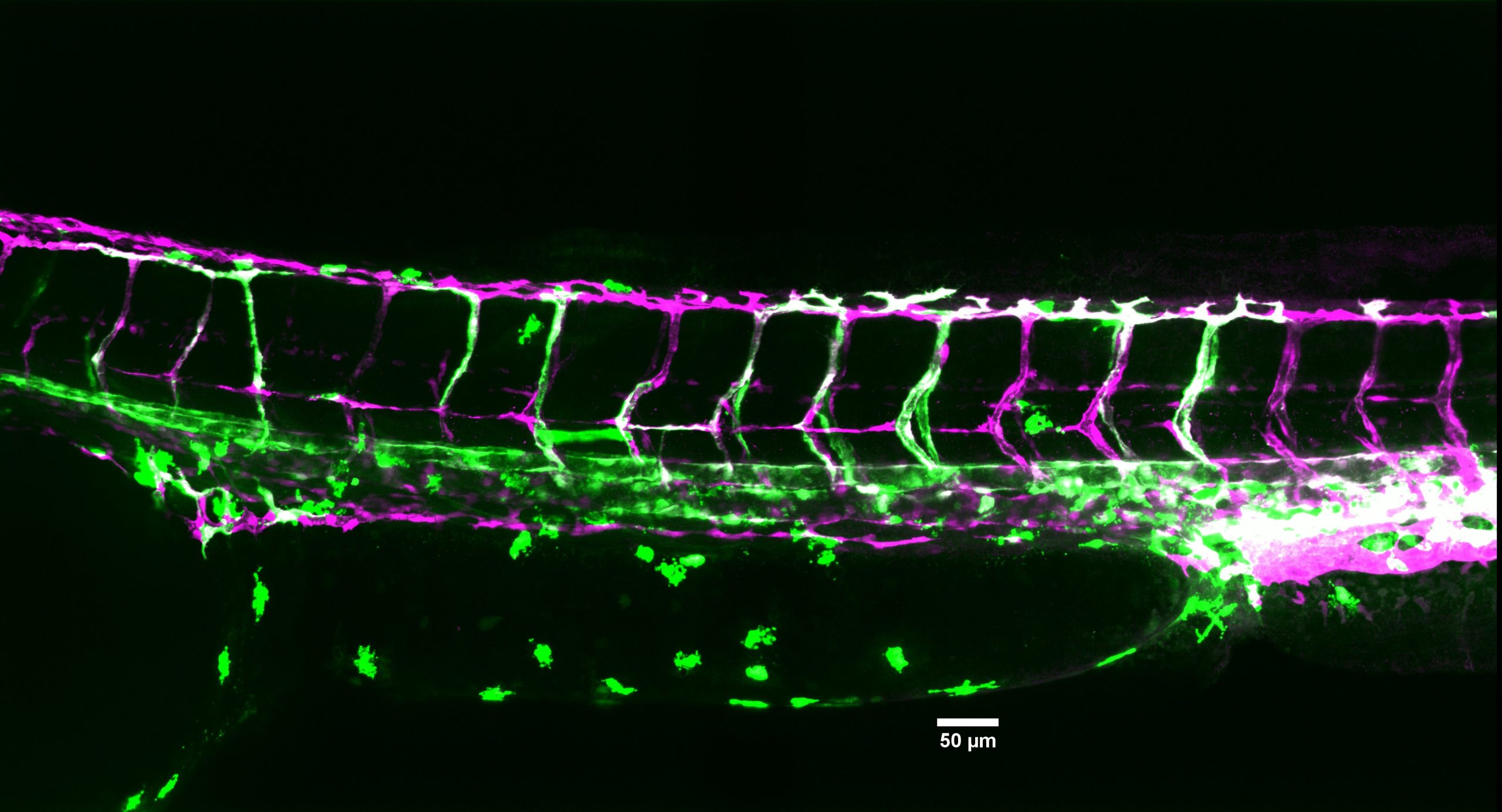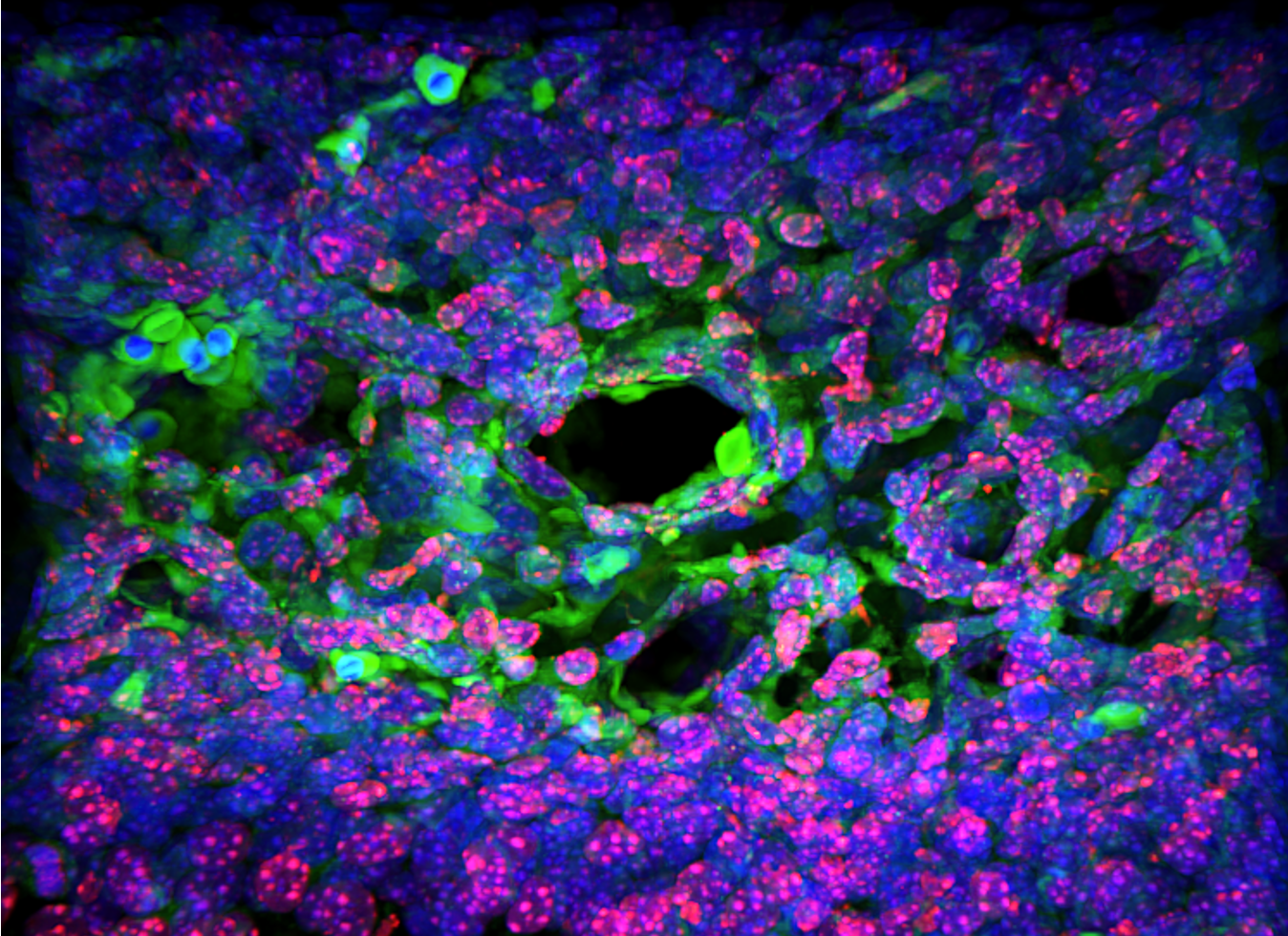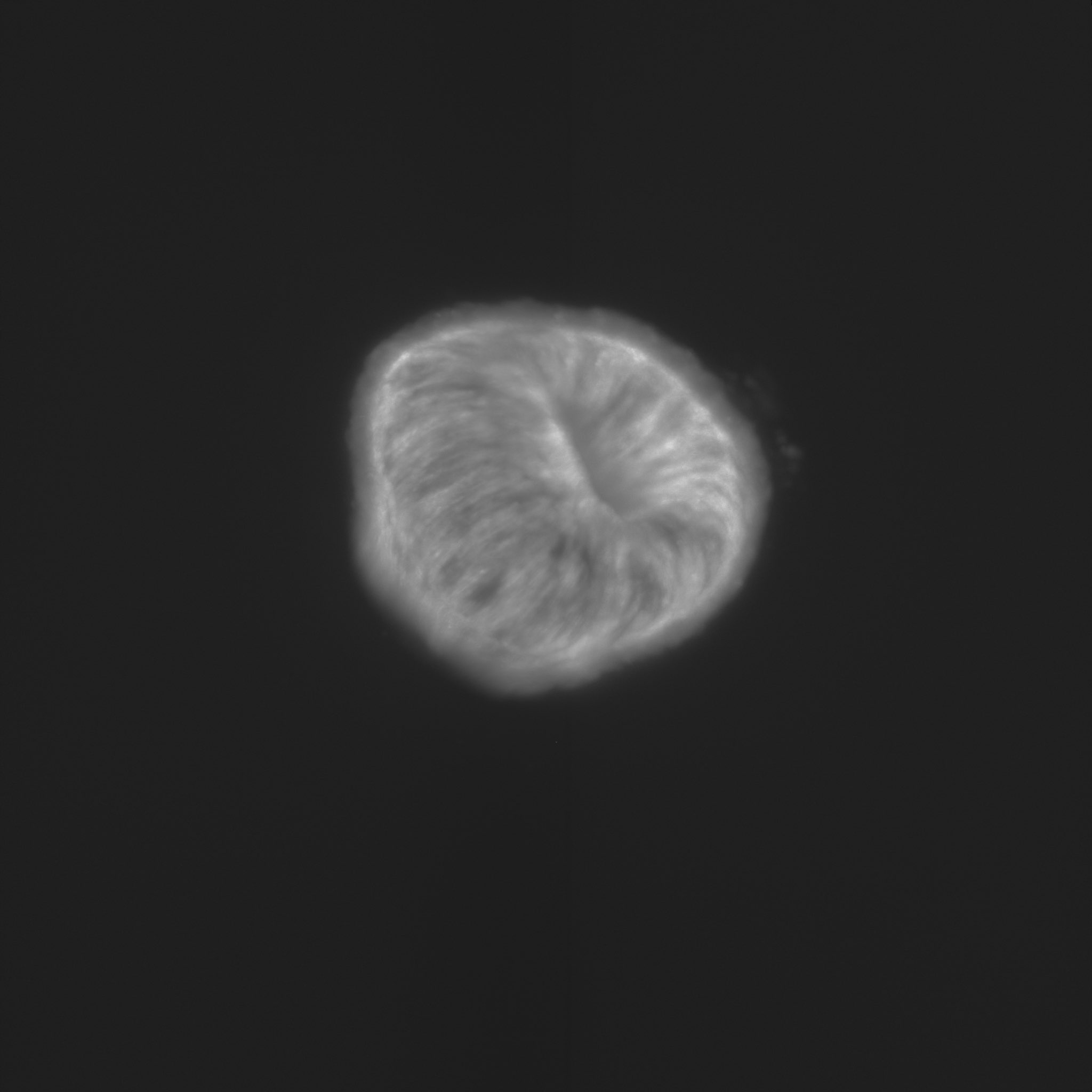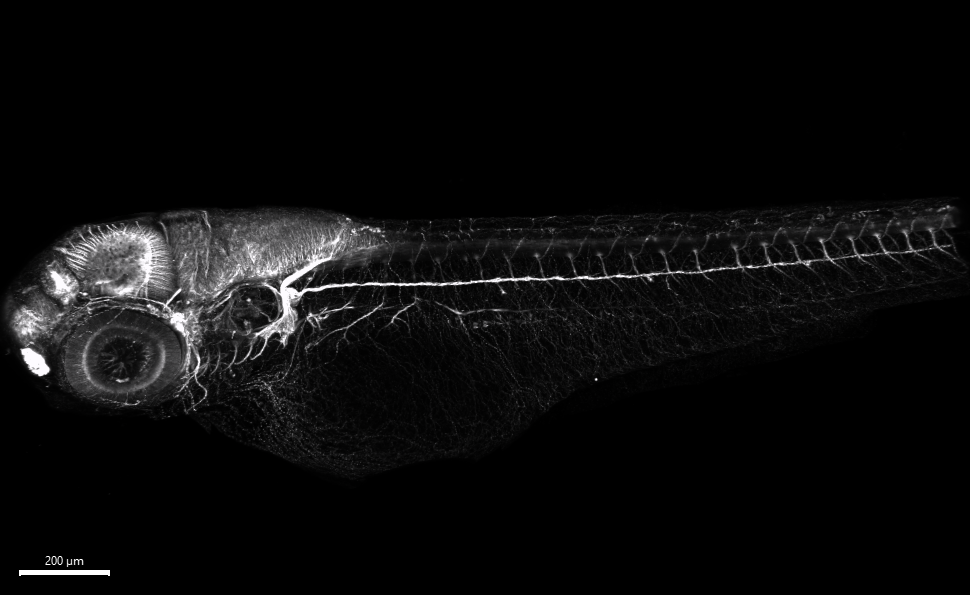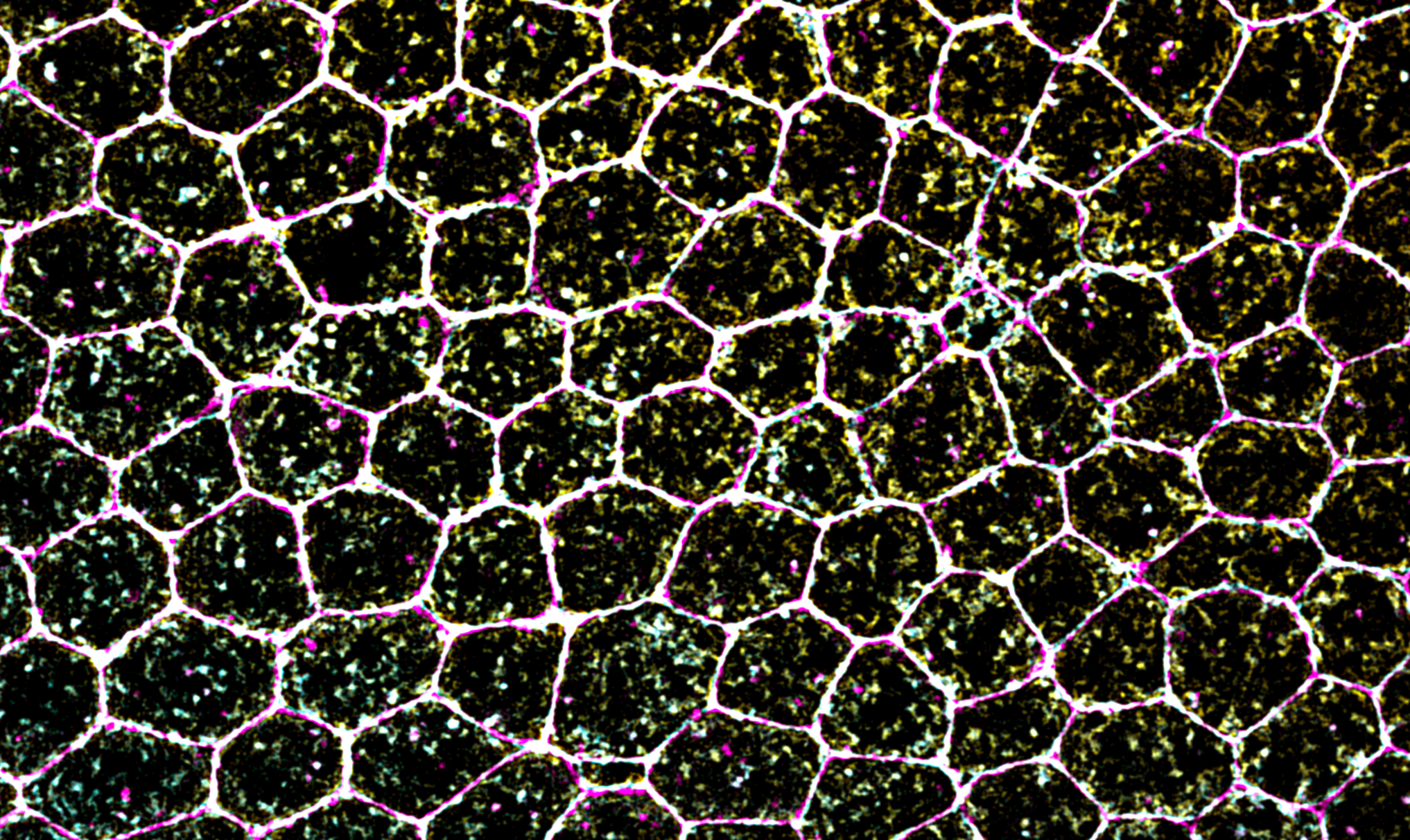#DanioDigest (April 2025)
Posted by Kevin Thiessen, on 24 May 2025
An easily-consumable recap of the latest happenings in the #zebrafish community and beyond!
Use these links below to get to the section you want:
Link to Bluesky post: https://bsky.app/profile/zebrafishrock.bsky.social/post/3lpxwto7crt2p
Community News:
Prof. Wendy Bickmore elected as an International Member of the US National Academy of Sciences (NAS).
Prof. Dr. Andrea Rentmeister receives 2024 Franco-German “Georg Wittig – Victor Grignard” Prize, awarded by the Société Chimique de France.
Prof. Edan Foley relocating her group from the University of Alberta to the Department of Life Sciences at University of Bath.
Prof. Dr. Ruben Portugues moving to the Department of Neurobiology and Behavior at Cornell University.
Dr. Sumeet Pal Singh joins the School of Natural Sciences at Shiv Nadar University as an Associate Professor.
Dr. Shawn Burgess named Associate Editor for GENETICS Journal.
Dr. Laurie Nemoz Billet awarded Accessit 2025 from SFBD for her thesis on the role of the ECM in motor nerve development and regeneration in zebrafish.
Zebrafish Rock! Slack tankspace surpassed 500 active monthly users. Register your interest, if you are keen to join at https://linktr.ee/zebrafishrock
IZFS publishes a new issue of the NewsSplash: https://www.izfs.org/newssplash/news-splash-issue-19-spring-2025
ZHA is now on Bluesky: https://bsky.app/profile/zebrafishhusbandry.bsky.social
The 11th Strategic Conference for Zebrafish Investigators (SCZI) will be held in Singapore on 14th-17th of January, 2026. More details to come.
The Killifish community is conducting an anonymous survey on husbandry of the African turquoise killifish (Nothobranchius furzeri) in hopes to standardize care & facilitate refinement. Link to help: https://survey.lamapoll.de/Global-Survey-on-Killifish-Husbandry-and-Care-2
PhDs awarded to:
Dr. Luís Hernández-Huertas of Pablo de Olavide Lab
Drs. Briana Davis & Maggie Morash of John Rawls Lab
Now you can submit news, jobs and research to the #DanioDigest without a social media account! Get direct access to the #zebrafish community and beyond by filling out our Google Form with the details: https://forms.gle/H4nFUYqY5feMhBgQ8
#ZebrafishCareers posted by:
@o-andersson-lab.bsky.social 🇸🇪 (Lecturer)
https://uu.varbi.com/en/what:job/jobID:813452
@edanfoley.bsky.social 🇬🇧 (All levels) – Contact directly
https://efoley4.wixsite.com/foleylab/personnel
@loicaroyer.bsky.social 🇺🇸 (Scientist)
https://job-boards.greenhouse.io/chanzuckerbergbiohub/jobs/4553423005?gh_src=f5309c261us
@zfinmod.bsky.social 🇫🇷 (PhD & PostDoc)
@macdonaldlab.bsky.social 🇬🇧 (Postdoc) #Killifish – Contact directly
https://zebrafishucl.org/macdonald-lab#macdonald-research
@zfinmod.bsky.social 🇩🇪 (Tech)
Publications:
Reproductive Biology
Trudeau Lab at University of Ottawa (Secretoneurin/ Ovulation/ Pituitary)
doi.org/10.1093/pnasnexus/pgaf097
@rohner.bsky.social (Astyanax/ Reproductive Biology/ Environment)
doi.org/10.1016/j.ydbio.2025.04.006
Ming Shao Lab at Shandong University (Maternal rbm24a/ Germ cells/ Germ Granules)
doi.org/10.1038/s44318-025-00442-z
Vasculature
Liangbiao Chen Lab at Shanghai Ocean University (Hepcidin/ Hematopoiesis/ Single-cell transcriptomics)
@ssumanas.bsky.social (Hemangioblast/ Macrophage/ Hematopoiesis)
Notochord/ Spinal Cord
@slewzeus.bsky.social (Notochord/ Hypertrophy/ Chondrocyte differentiation)
doi.org/10.1016/j.cub.2025.03.022
Neuroscience
@piatkevich.bsky.social (SomaFRCaMPi/ Soma-localized red GECI/ In vivo neuronal imaging)
doi.org/10.1371/journal.pbio.3003048
@alexbchen.bsky.social & @mishaahrens.bsky.social (AQuA2/ Molecular spatiotemporal signals)
doi.org/10.1101/2024.05.02.592259
@varshneylab.social (Intellectual disability/ tRNA modification)
doi.org/10.1016/j.ajhg.2025.03.015
@dkurrasch.bsky.social (Epilepsy/ CRISPR/Cas9/ NMDA receptor)
doi.org/10.1371/journal.pbio.3002499
@eveseuntjens.bsky.social (Killifish/ Telencephalon/ Development)
@zerotonin.bsky.social (Mitochondria/ Neurodegeneration/ Dendrites)
Cancer
@katkajerabkova.bsky.social (Lysosomes/ Melanoma)
doi.org/10.1038/s41467-025-58528-5
@nasimsabouri.bsky.social (Photodynamic therapy/ Rhabdomyosarcoma/ ROS)
doi.org/10.1021/acsptsci.5c00061
Evolution
@mollyschumer.bsky.social @hybridzones.bsky.social (Hybrid dysfunction/ Speciation genes/ Evolution)
@rohner.bsky.social (miRNA/ Cave adaptation/ Astyanax)
Behavior
Palagi Lab at University of Pisa (Yawning/ Contagion/ Synchronization)
doi.org/10.1038/s42003-025-08004-z
@johannakowalko.bsky.social (Astyanax/ Hunting/ Blindness)
Cell Biology
@munromit.bsky.social (Deoxynucleosides/ RRM2B/ Supplementation)
DeSantis Lab @umich.edu (Dynein/ Centrosome/ Endosome trafficking)
Infection/Immunology
@ortizdeora.bsky.social (Bacteriophages/ Live imaging/ Transmission dynamics)
doi.org/10.1038/s41564-025-01981-1
Huttenlocher Lab @uwmadison.bsky.social @kellerlab.bsky.social (Burn/ Wound infection/ Innate immunity)
Huttenlocher Lab @uwmadison.bsky.social (Live imaging/ Amoeboid migration)
@cgmargarida.bsky.social & @sergemostowylab.bsky.social (Shigella/ Macrophages/ Inflammation)
doi.org/10.1016/j.celrep.2025.115601
@zebrafish007.bsky.social & #WeinsteinLab (Axillary lymphoid organ/ Immune surveillance)
@iic-umu-imib.bsky.social (Samhd1 deficiency/ Macrophages/ Salmonella)
doi.org/10.3389/fimmu.2025.1509725
Lateral line
@vdisanto.bsky.social (Astyanax/ Lateral line/ Sensory compensation)
doi.org/10.1016/j.cbpa.2025.111863
Disease models
@iic-umu-imib.bsky.social (Diamond-Blackfan anemia/ Spironolactone)
Bone/Cartilage
@kanaimichi.bsky.social & @clouthierlab.bsky.social (Gq/11 Family/ Lower Jaw Development)
Regeneration
Ying Su Lab at Ocean University of China (scRNAseq/ Heart regeneration)
doi.org/10.1038/s41467-025-59070-0
@abeisaw.bsky.social (Heart regeneration/ Cardiomyocytes/ Macrophages)
doi.org/10.1038/s41467-025-59169-4
Toxicity/ Stress
@santastic-k.bsky.social (Toxicity/ Tire tread leachates)
doi.org/10.1016/j.envpol.2025.126286
@odysyslab.bsky.social (Heat stress/ DNA repair/ Social metabolites)
doi.org/10.1002/1873-3468.70047
Muscle
Fumihito Ono Lab at Osaka Medical and Pharmaceutical University (Action potentials/ Muscle/ Sodium channels)
doi.org/10.1371/journal.pbio.3003137
Development
@cedricfeschotte.bsky.social (Gag proteins/ Retroviruses/ Development)
doi.org/10.1073/pnas.2411446122
Preprints:
Regeneration
@sengulesra.bsky.social, @beckrichardson.bsky.social & @tillymommersteeg.bsky.social (Cavefish/ Macrophages/ B cells/ Heart regeneration)
https://www.biorxiv.org/content/10.1101/2025.04.24.650152v1
Gross Lab at University of Texas at Austin (Optic nerve injury/ Retinal ganglion cells/ Glaucoma)
doi.org/10.1101/2025.04.09.646875
@burgesslab.bsky.social (Lateral line/ Hair cell regeneration)
https://www.biorxiv.org/content/10.1101/2025.04.18.649014v1
Knight Lab at King’s College London (Muscle regeneration/ Ageing/ MMPs)
https://www.biorxiv.org/content/10.1101/2025.04.25.650659v1
Toxicity
@andrewwhitehead.bsky.social (Killifish/ Environmental toxicants)
https://www.biorxiv.org/content/10.1101/2025.02.10.637481v1
Neuroscience
@erikacalvophd.bsky.social (Olfactory dysfunction/ Parkinson’s disease/ Neuroinflammation)
https://www.biorxiv.org/content/10.1101/2025.03.29.645796v1
@rashi-agarwal.bsky.social & @wittbrodtlab.bsky.social (Medaka/ Retinal stem cell/ Microglia)
https://www.biorxiv.org/content/10.1101/2025.04.01.646524v1
@zilova.bsky.social & @wittbrodtlab.bsky.social (Lens morphogenesis/ Ocular organoids)
https://www.biorxiv.org/content/10.1101/2025.04.17.649366v1
Hideaki Takeuchi Lab at Tohoku University (Calcium imaging/ Brain/ Medaka fish)
doi.org/10.1101/2025.04.09.647916
@rastapopolus.bsky.social (Neural stem cells/ Cis-regulatory elements/ Transcriptional regulation)
doi.org/10.1101/2025.04.09.647643
@rodrigomorec.bsky.social & @uribelab.bsky.social (Enteric nervous system/ Gene networks)
https://www.biorxiv.org/content/10.1101/2025.04.17.649413v1
@tahneema.bsky.social & @mirimiam.bsky.social (Neural microexons/ Neuronal signaling)
https://www.biorxiv.org/content/10.1101/2025.04.24.650407v1
Evolution
@marcrr.bsky.social (Molecular convergence/ Teleost fish)
https://www.biorxiv.org/content/10.1101/2024.06.24.600426v2
Cancer
@goetzjacky.bsky.social (Renal cell carcinoma)
https://www.biorxiv.org/content/10.1101/2025.04.07.647527v1
#WeinsteinLab at NIH
@biomarina-vg.bsky.social & #WeinsteinLab (Meninges/ Single-cell transcriptomics)
doi.org/10.1101/2025.04.09.646894
@jimmykjm.bsky.social, @isabellaclsci.bsky.social & #WeisteinLab (Epigenetics/ Fin regeneration)
https://www.biorxiv.org/content/10.1101/2025.04.21.649771v1
@mmarvel.bsky.social & #WeinsteinLab (Epigenetics reporter/ Fatty liver disease)
https://www.biorxiv.org/content/10.1101/2025.04.21.649821v1
#WeinsteinLab (Novel imaging technique/ LUCID/ 3D structures)
https://www.biorxiv.org/content/10.1101/2025.04.04.647305v1
Somites/ Muscle
Davidson Lab at University of Auckland (Somites/ GESTALT/ Kidney)
https://www.biorxiv.org/content/10.1101/2025.04.15.649022v1
Behavior
@ryosuketanaka.bsky.social & @portugueslab.bsky.social (Optic flow/ Memory/ Behavior)
https://www.biorxiv.org/content/10.1101/2025.04.15.648832v1
Evolution
Woltering Lab at University of Konstanz (Dorsoventral limb patterning/ Cichlids/ Sturgeons/ Catsharks)
https://www.biorxiv.org/content/10.1101/2025.04.16.648507v1
Development
Minchin Lab at University of Edinburgh (Adipose remodeling/ Development)
https://www.biorxiv.org/content/10.1101/2025.04.20.649706v1
Chitnis Lab at NICHD (Lateral Line/ Wnt/ FGFR)
https://www.biorxiv.org/content/10.1101/2025.04.23.650055v1
Reviews:
@jiaxingli.bsky.social (Calcium/ Microdomain, Neuronal activity)
doi.org/10.1016/j.tins.2025.02.010
@ishitani-lab.bsky.social (Morphogen/ Mechano-gradients/ Cell competition)
doi.org/10.1016/j.semcdb.2025.103607
Rebeca Bosso Dos Santos Luz & Braga Lab at Federal University of Paraná (Macrophages/ single-cell RNAseq/ Cardiac insult)
doi.org/10.3389/fcvm.2025.1570582
Protocols and Tools:
@mcgraillab.bsky.social Zebrafish Community cre/lox Resource
#RaabeLab (Diffuse midline glioma, Transplantation protocol)
https://www.biorxiv.org/content/10.1101/2025.03.31.646163v1
@sethblackshaw.bsky.social (Sleep deprivation/ JACUZI-SD,)
https://www.biorxiv.org/content/10.1101/2025.04.03.647099v1
@erezraz.bsky.social (mRNA/ Optochemical control/ UV irradiation)
doi.org/10.1038/s41467-025-58207-5
@scholpplab.bsky.social (Prime editing/ Nickase- & Nuclease-based editors)
https://www.biorxiv.org/content/10.1101/2025.04.23.650248v1
@leanneiannucci.bsky.social & @katwrog.bsky.social (Optogenetics/ FGF/ BMP/ Nodal)
https://www.biorxiv.org/content/10.1101/2025.04.17.649426v1
@vishnums007.bsky.social (Husbandry management/ Open-source)
@zfinmod.bsky.social (New mutants/ Transgenic lines registering)
https://zfin.org/action/nomenclature/line-name
Special thanks to Maddie Ryan, Charli Corcoran & Michaela Noskova Fairley for putting this digest together! If you would like to thank the Zebrafish Rock! team for their time & effort, you can buy us a strong cuppa at the link below. Every little bit keeps us caffeinated and motivated! We appreciate your support 🙂
Link to donate: https://buymeacoffee.com/zebrafishrock


 (3 votes)
(3 votes)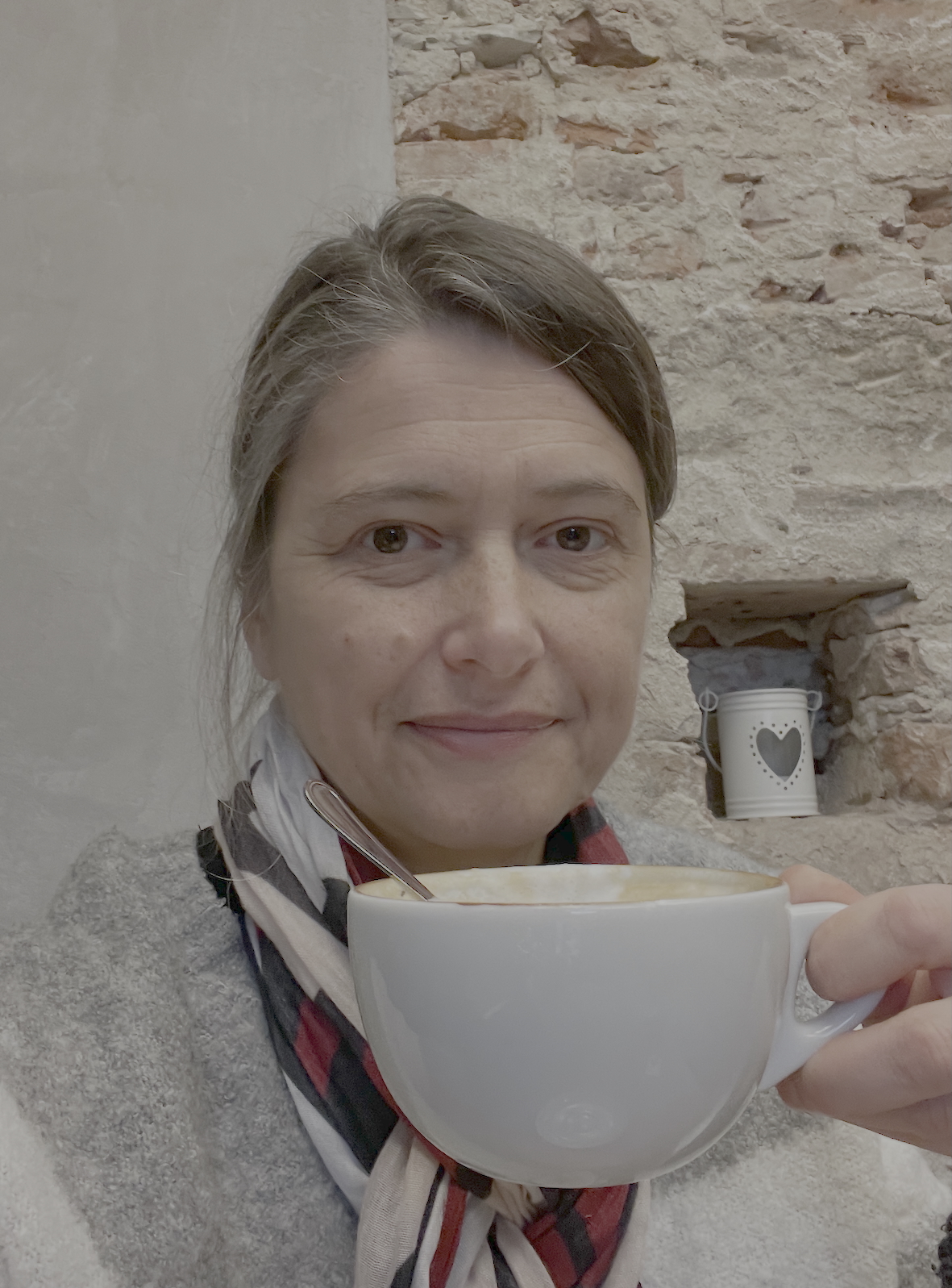
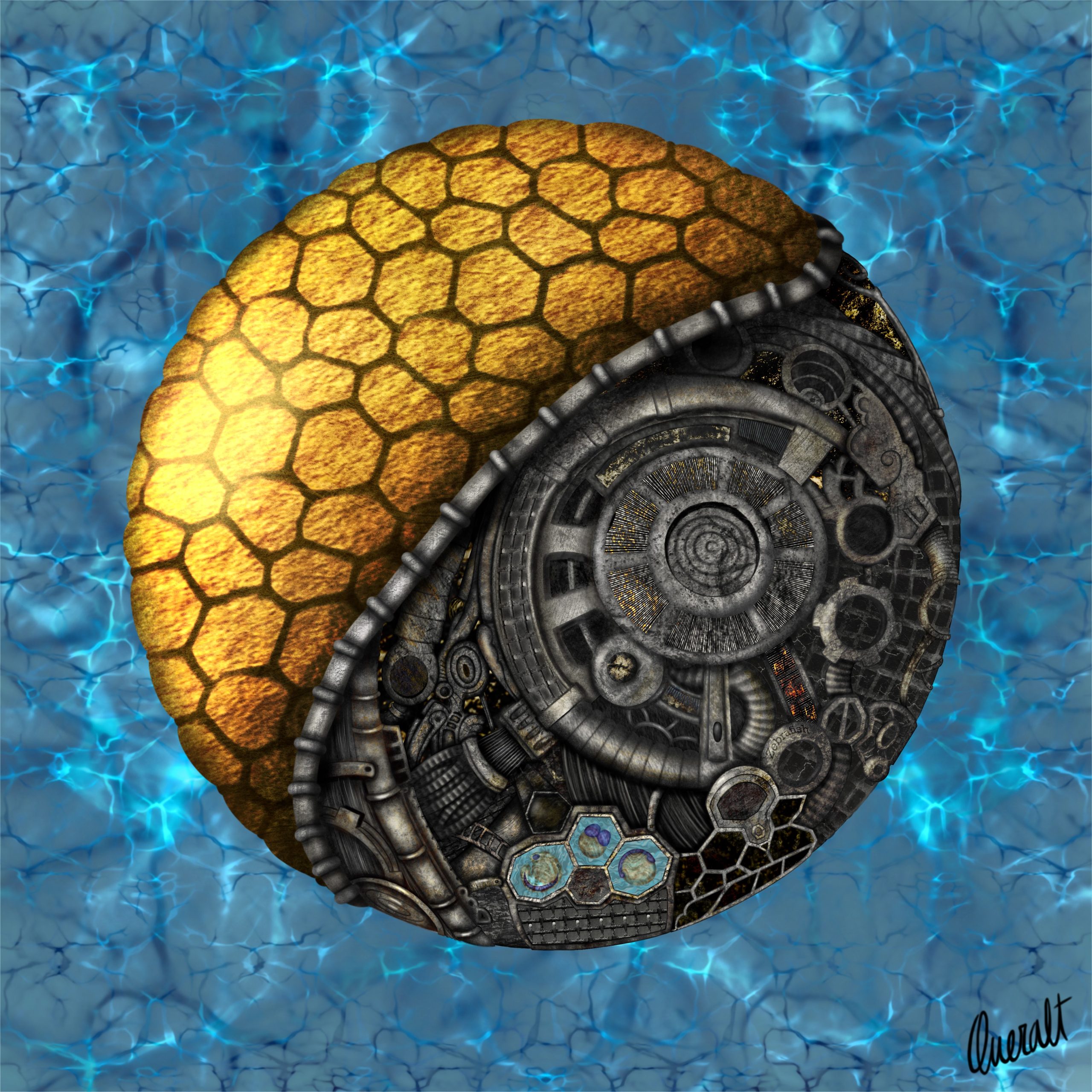

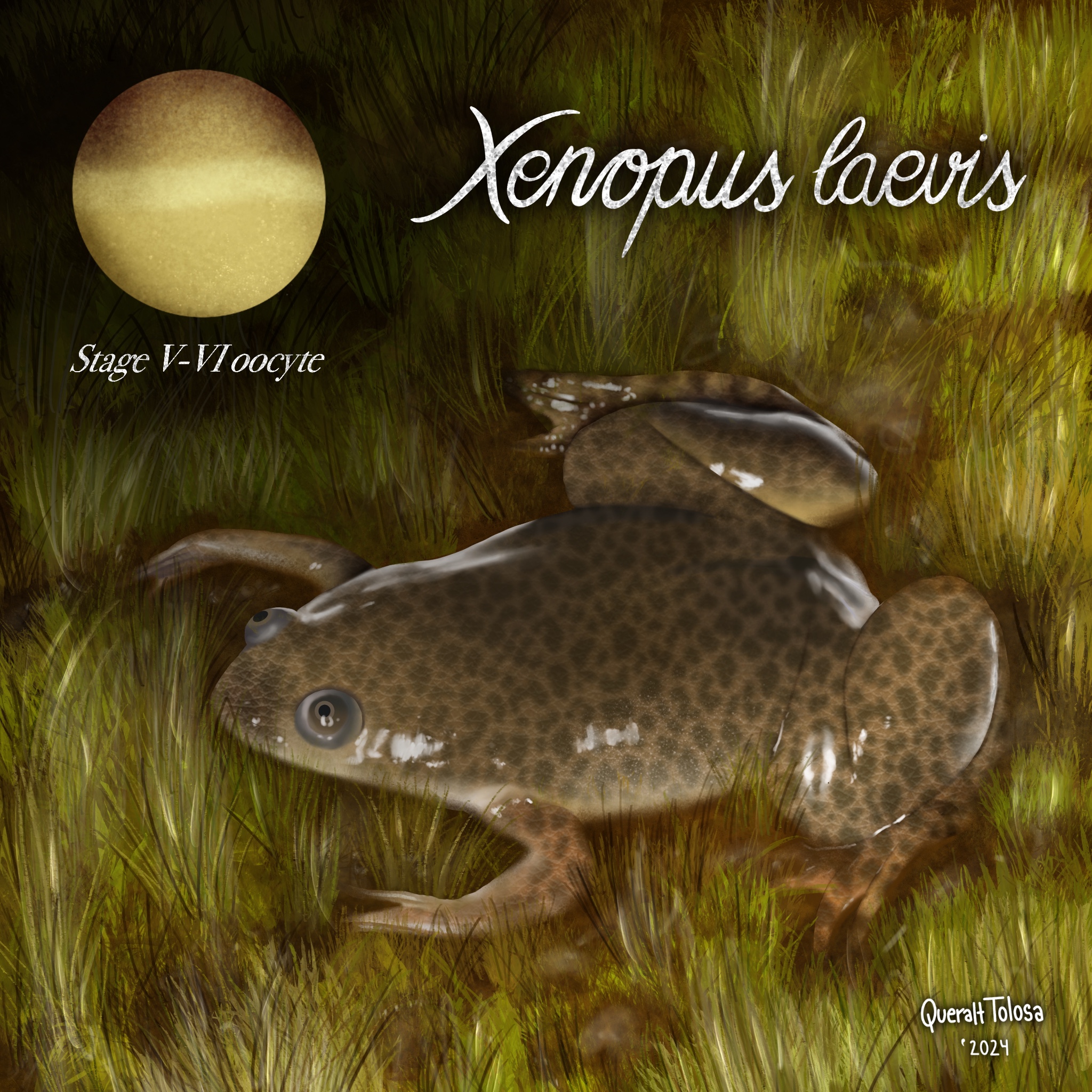
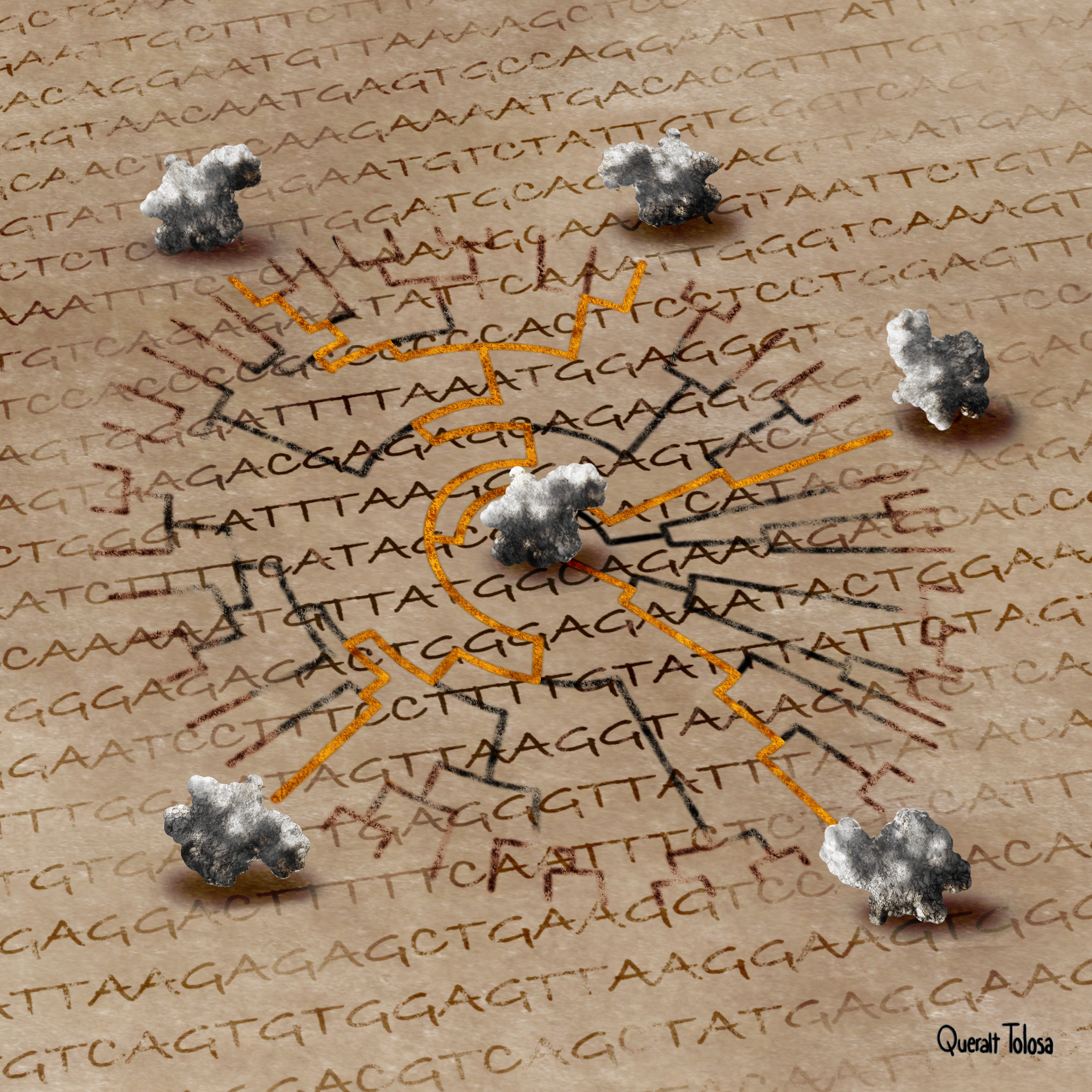
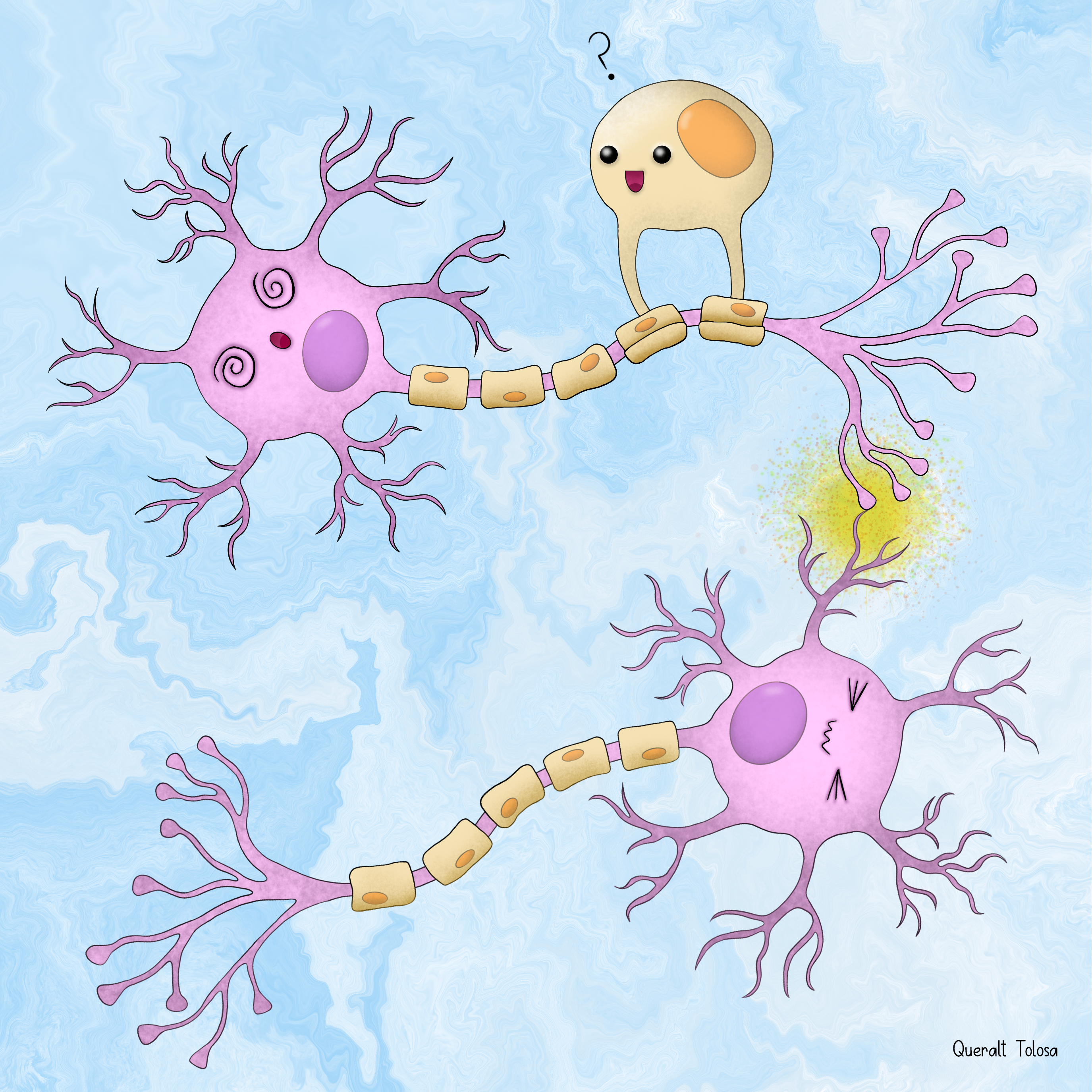
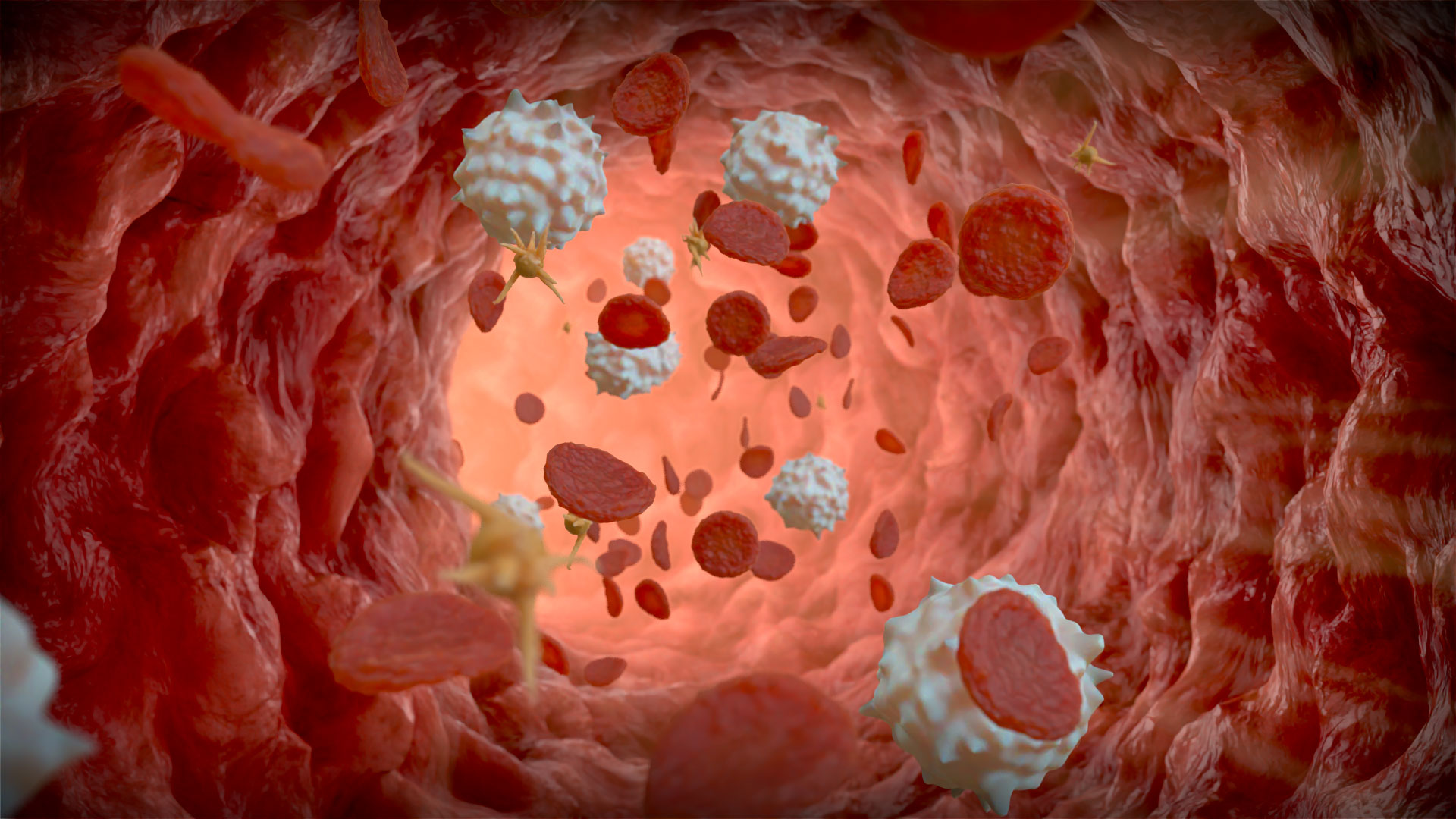
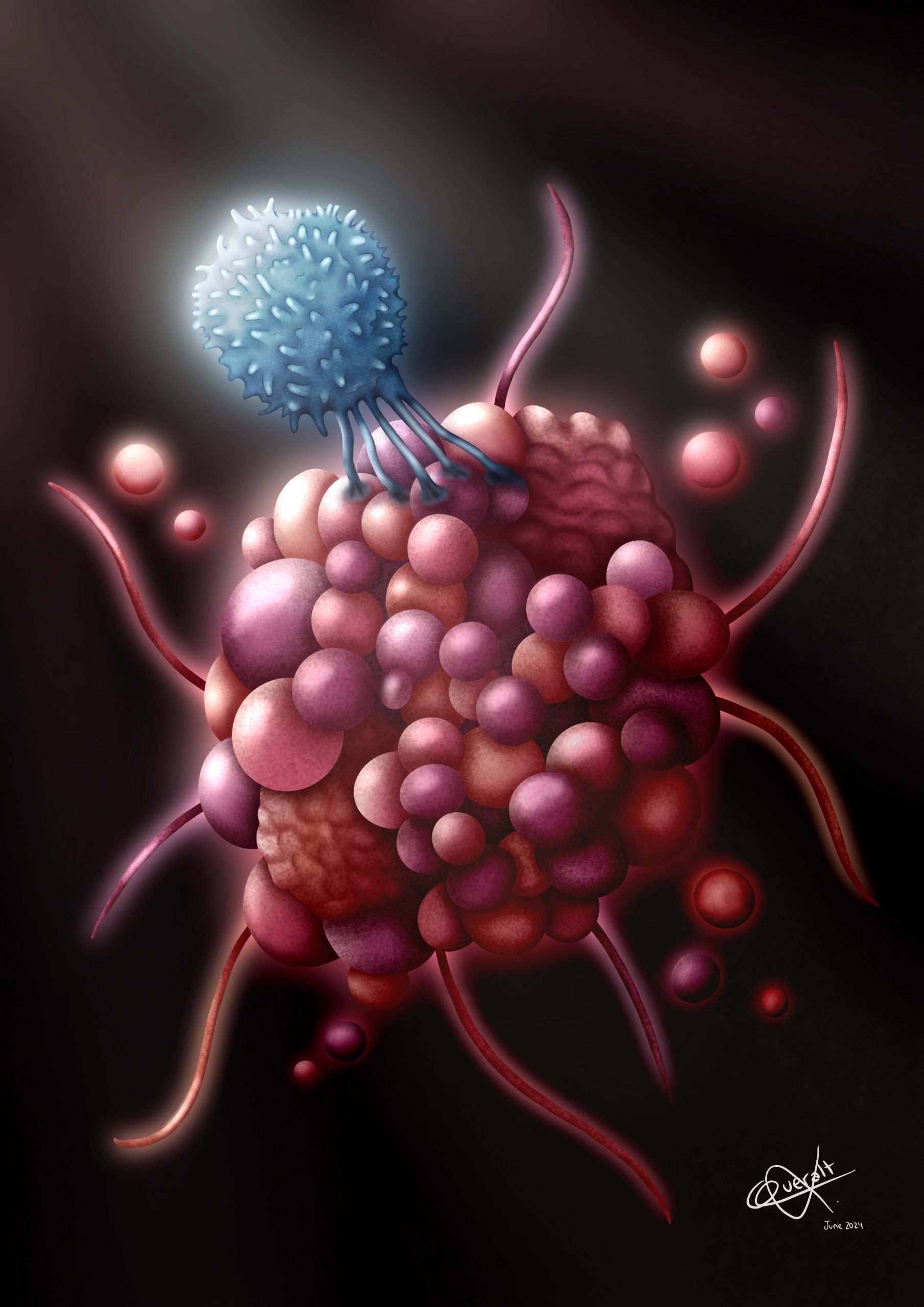
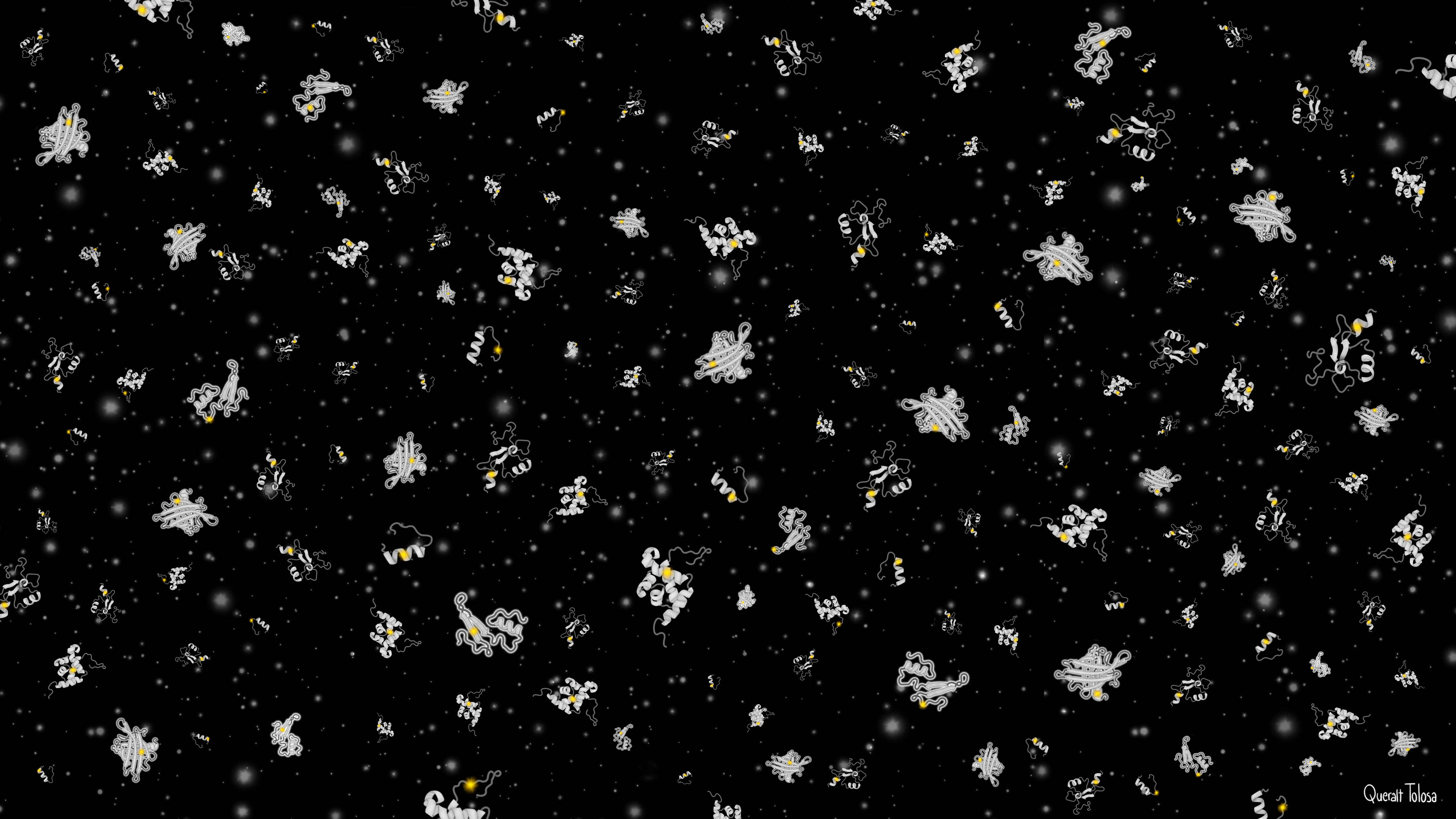
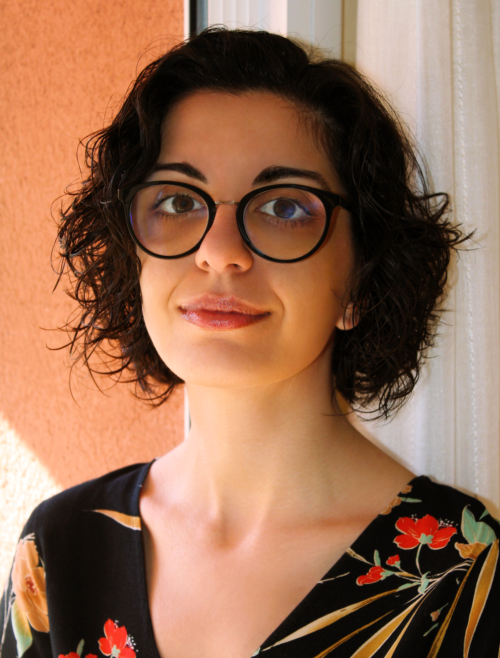
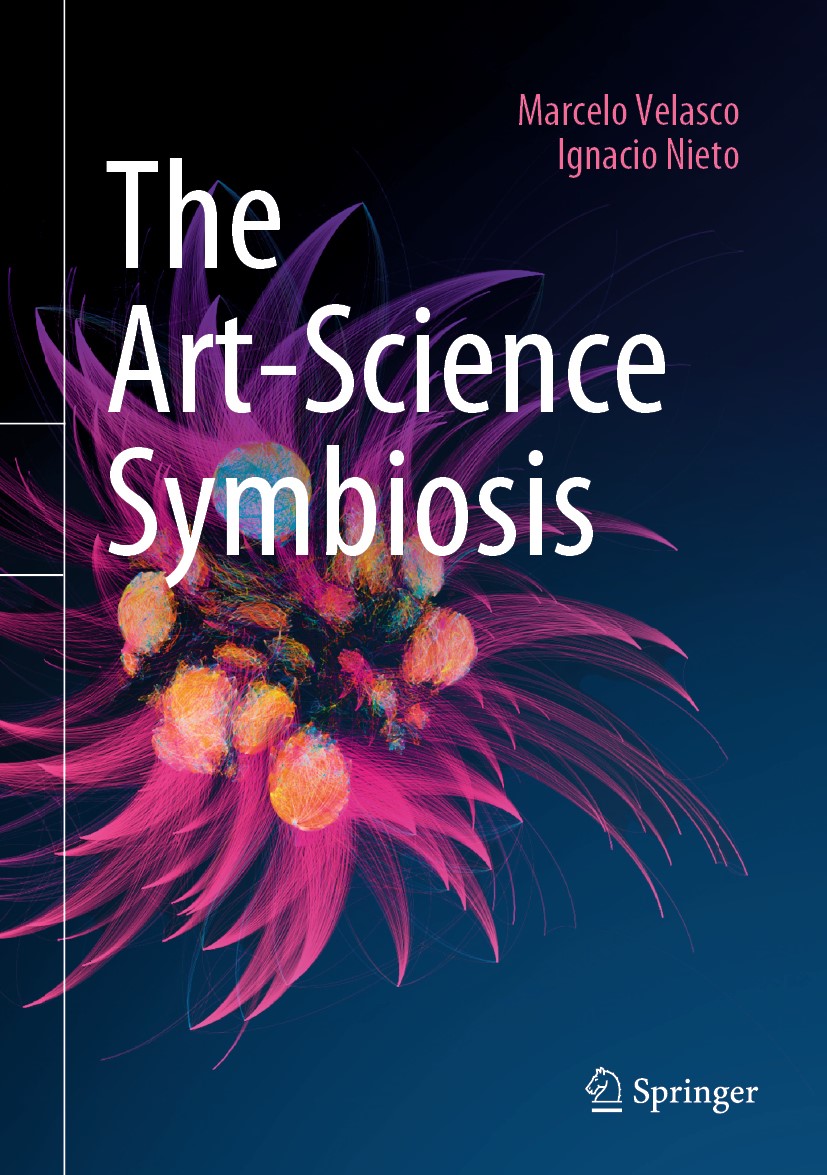
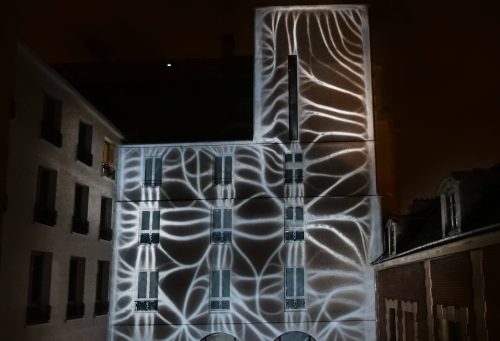
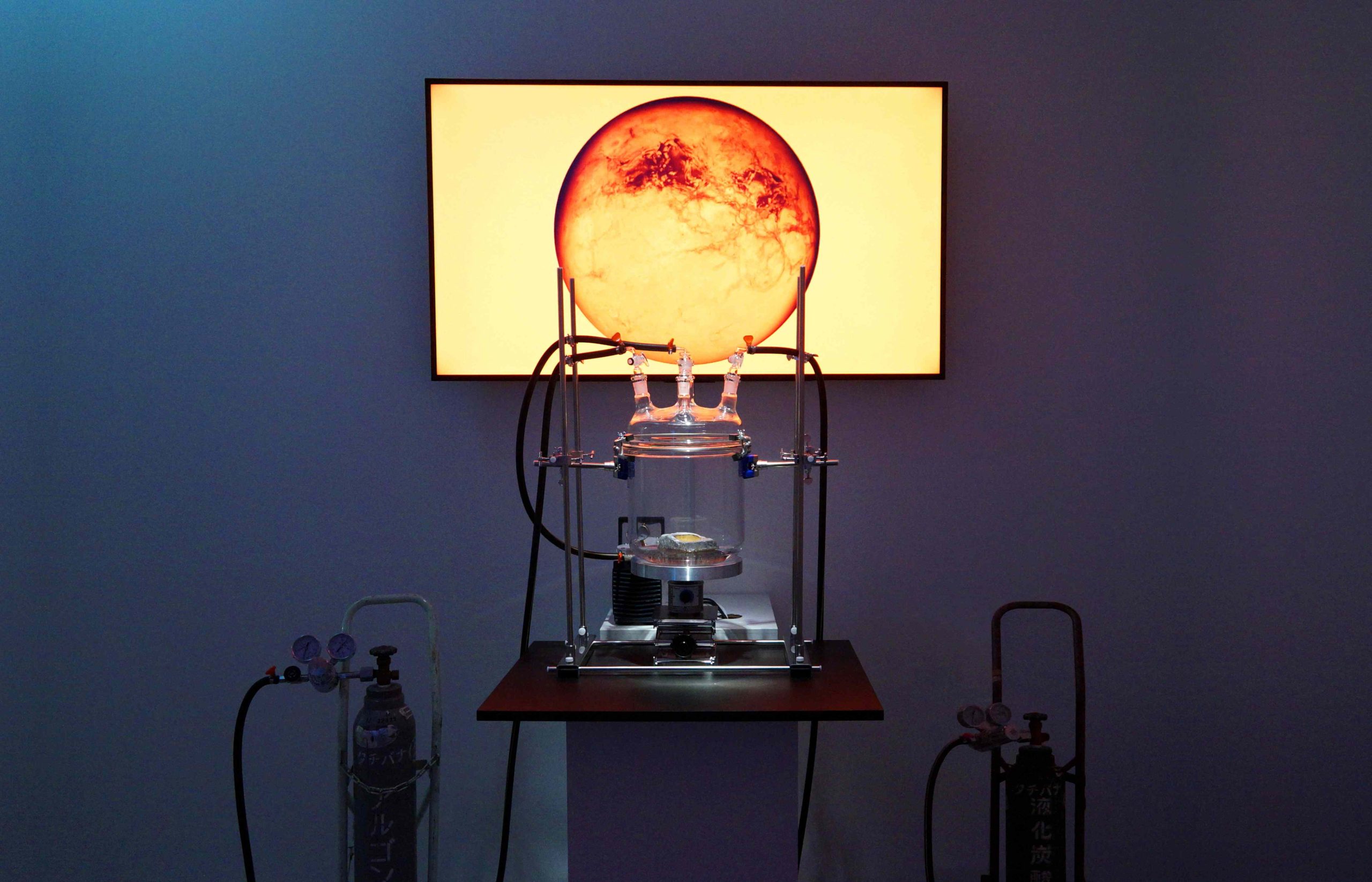
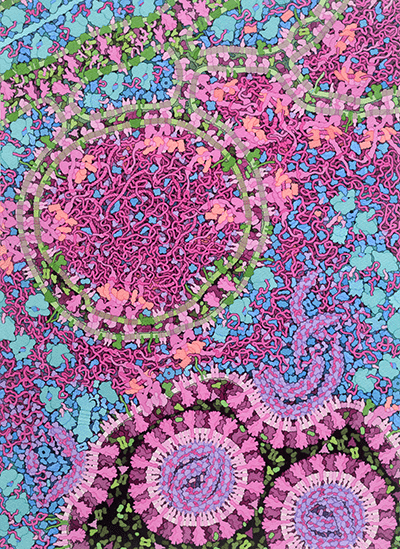
 (No Ratings Yet)
(No Ratings Yet)
